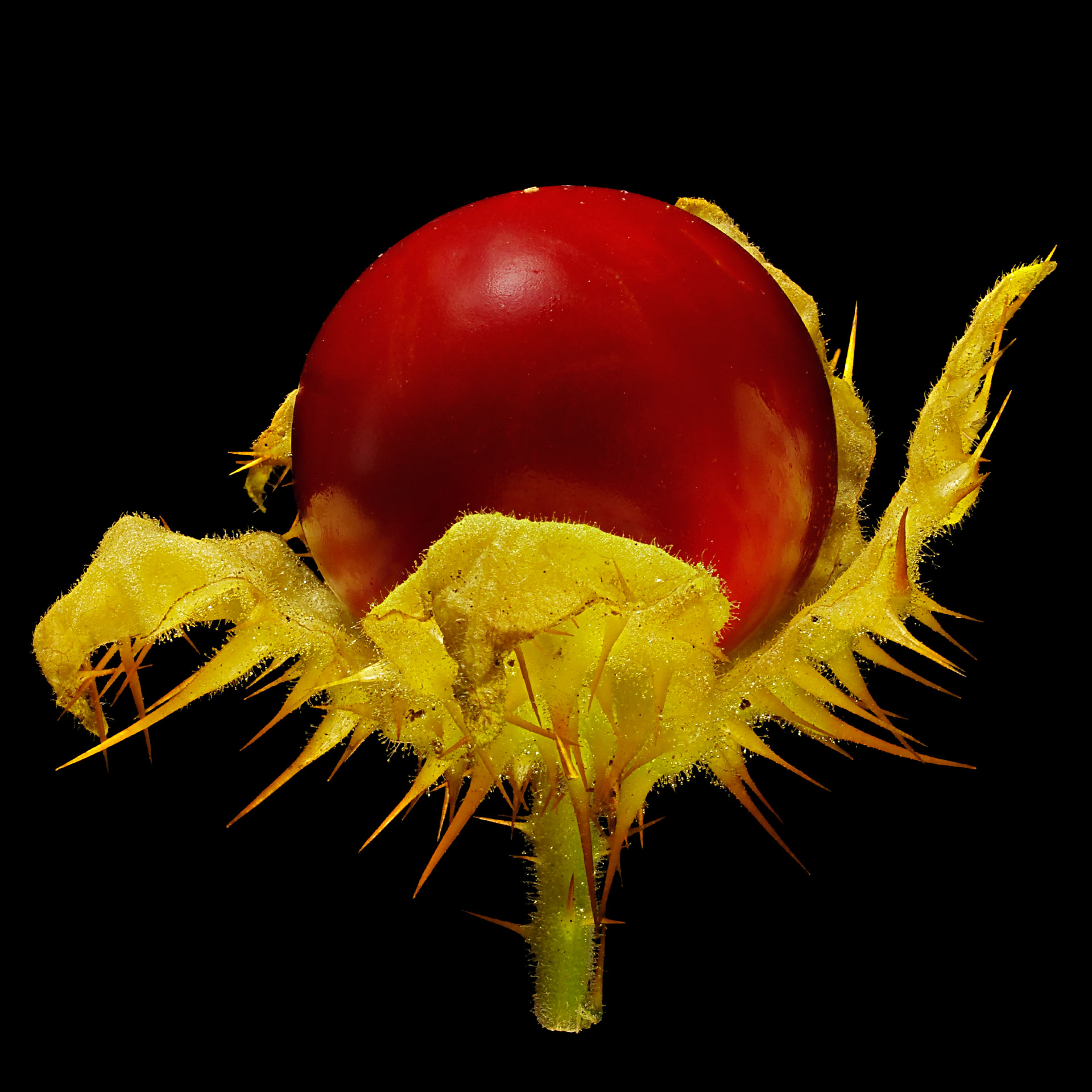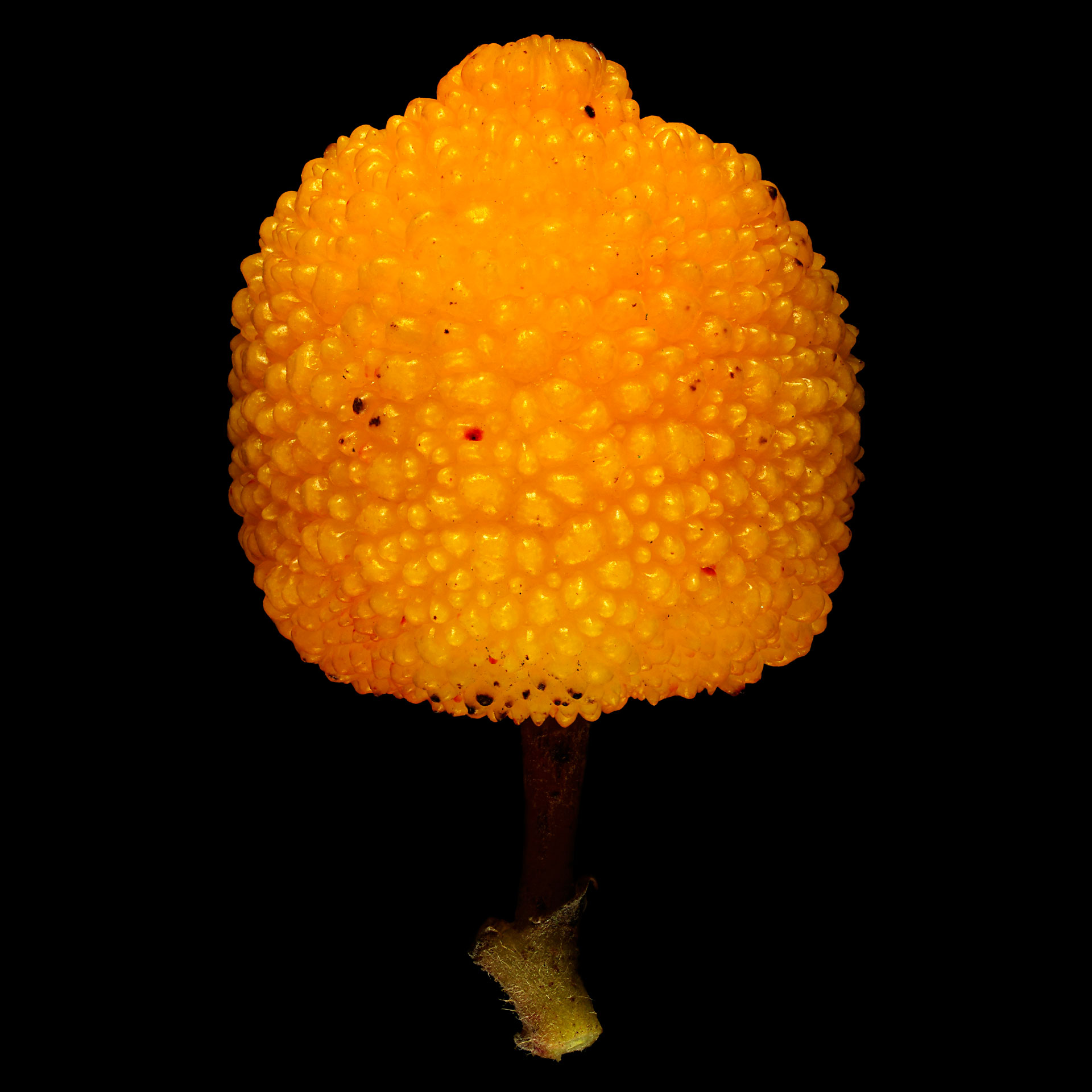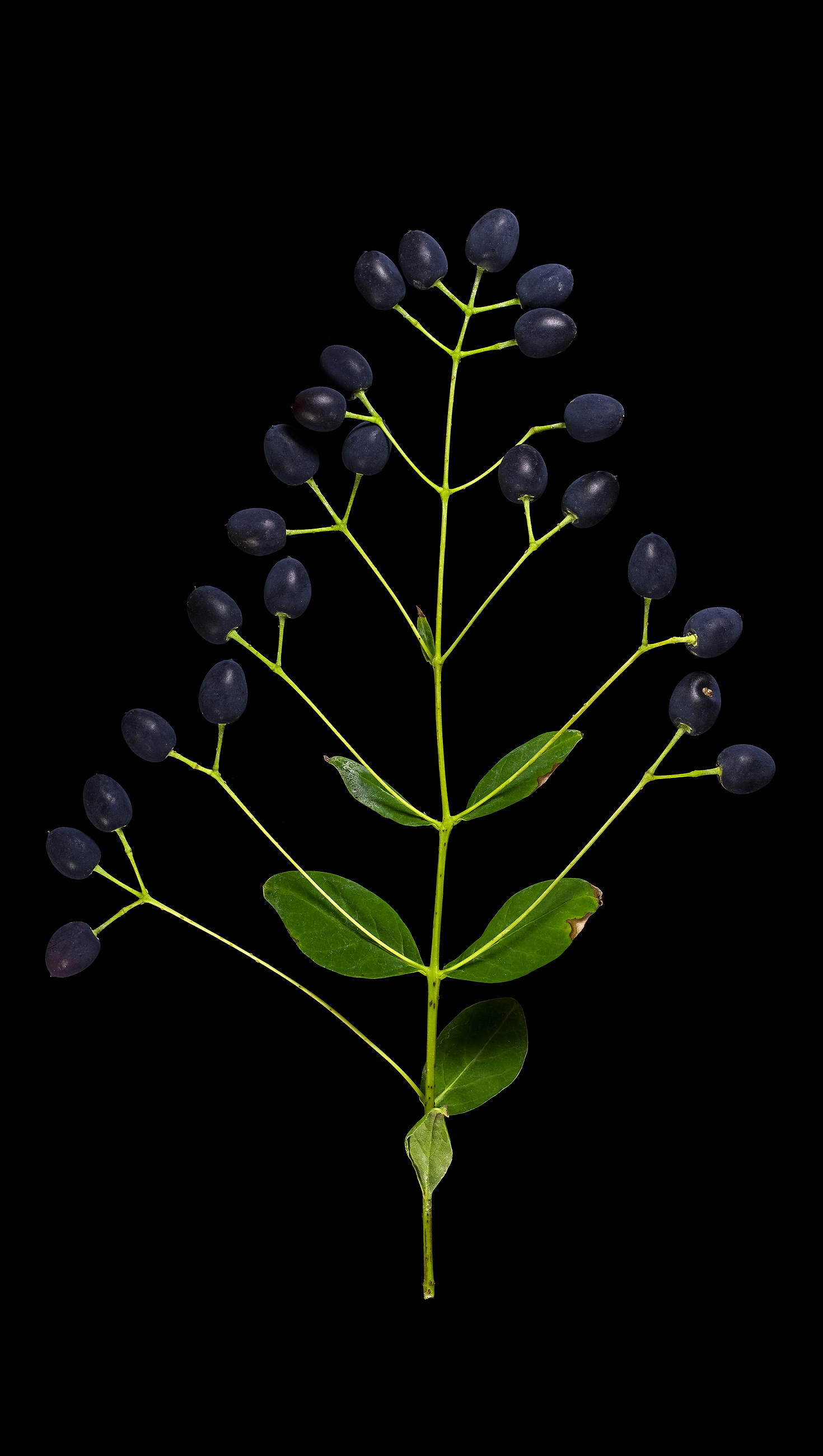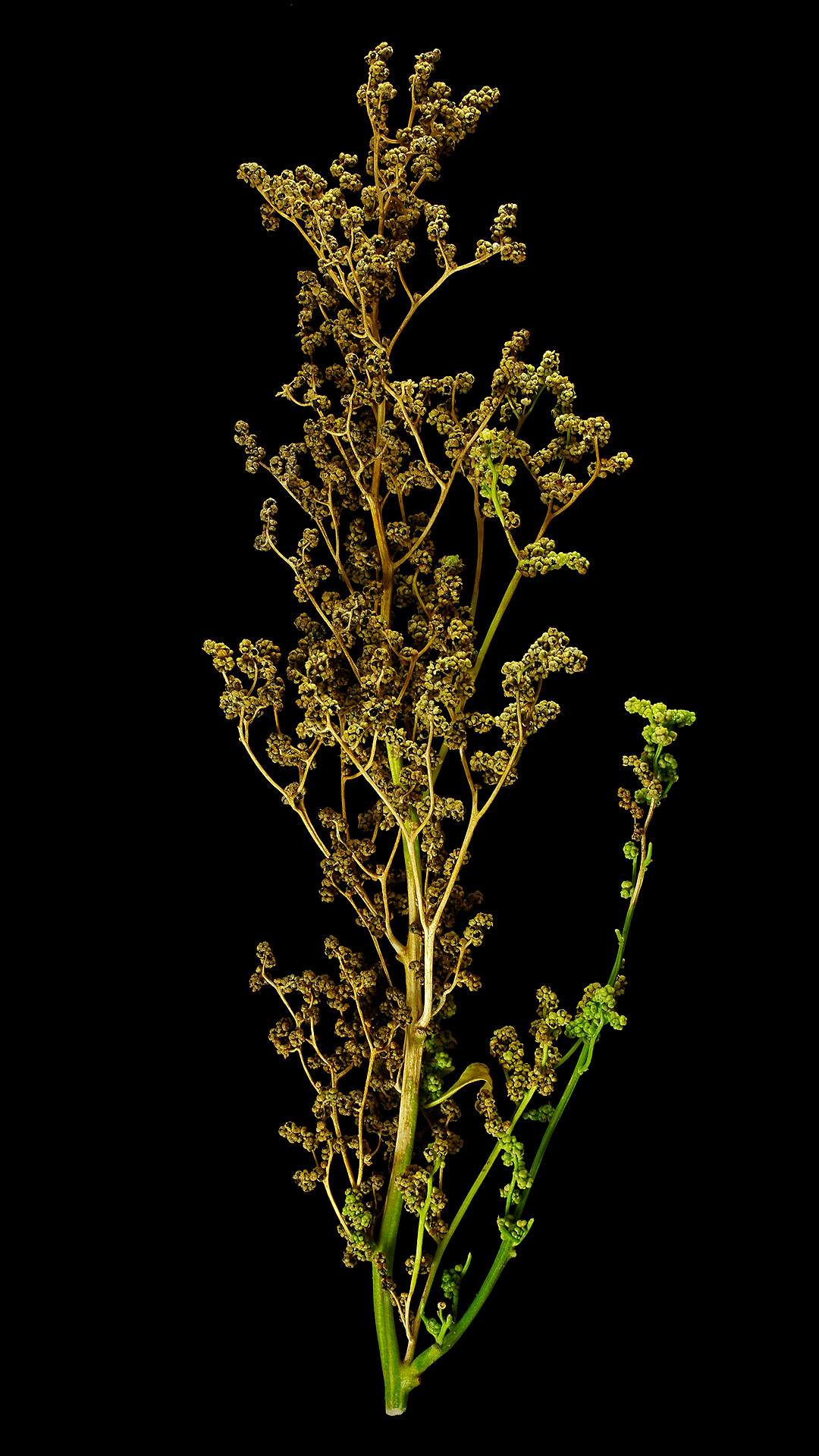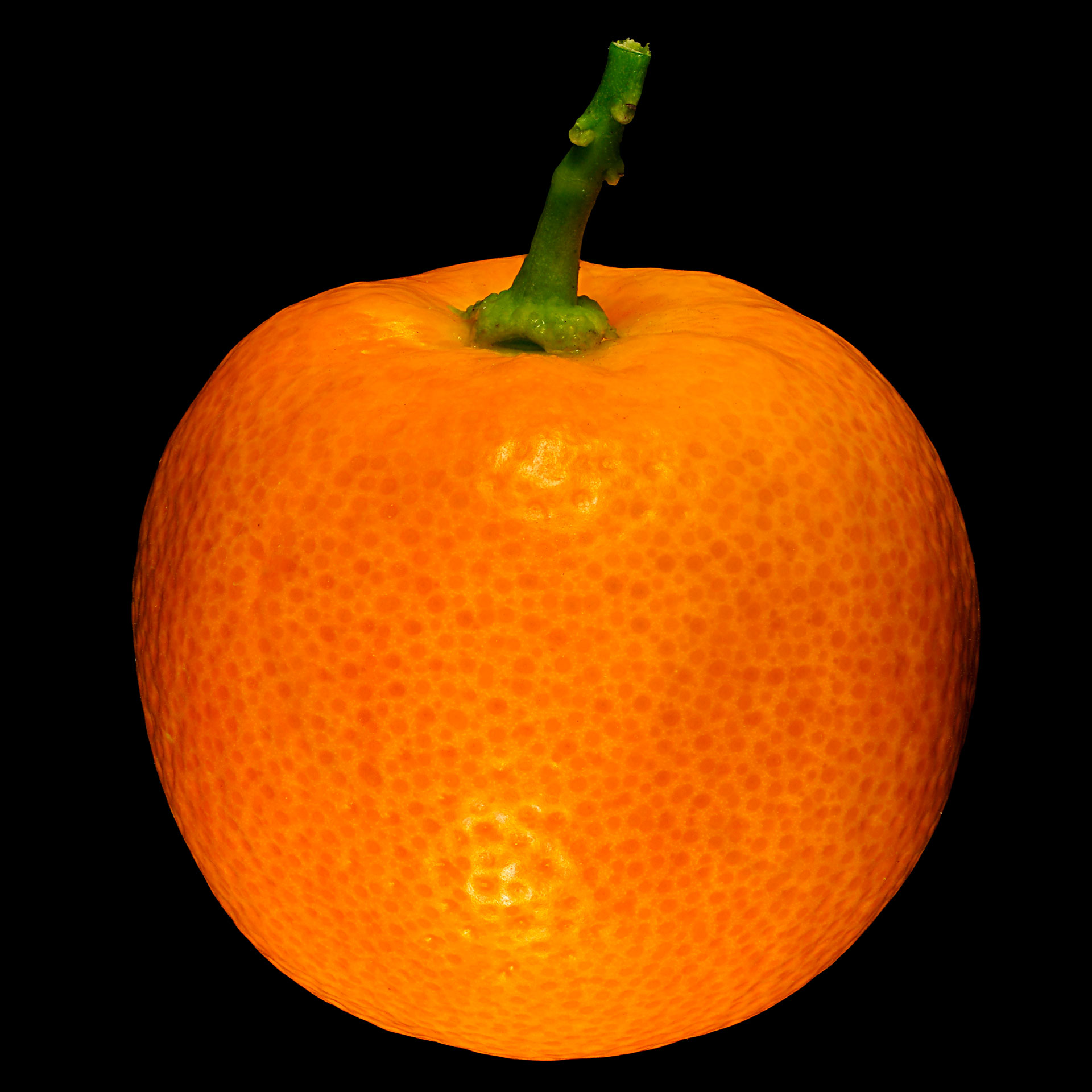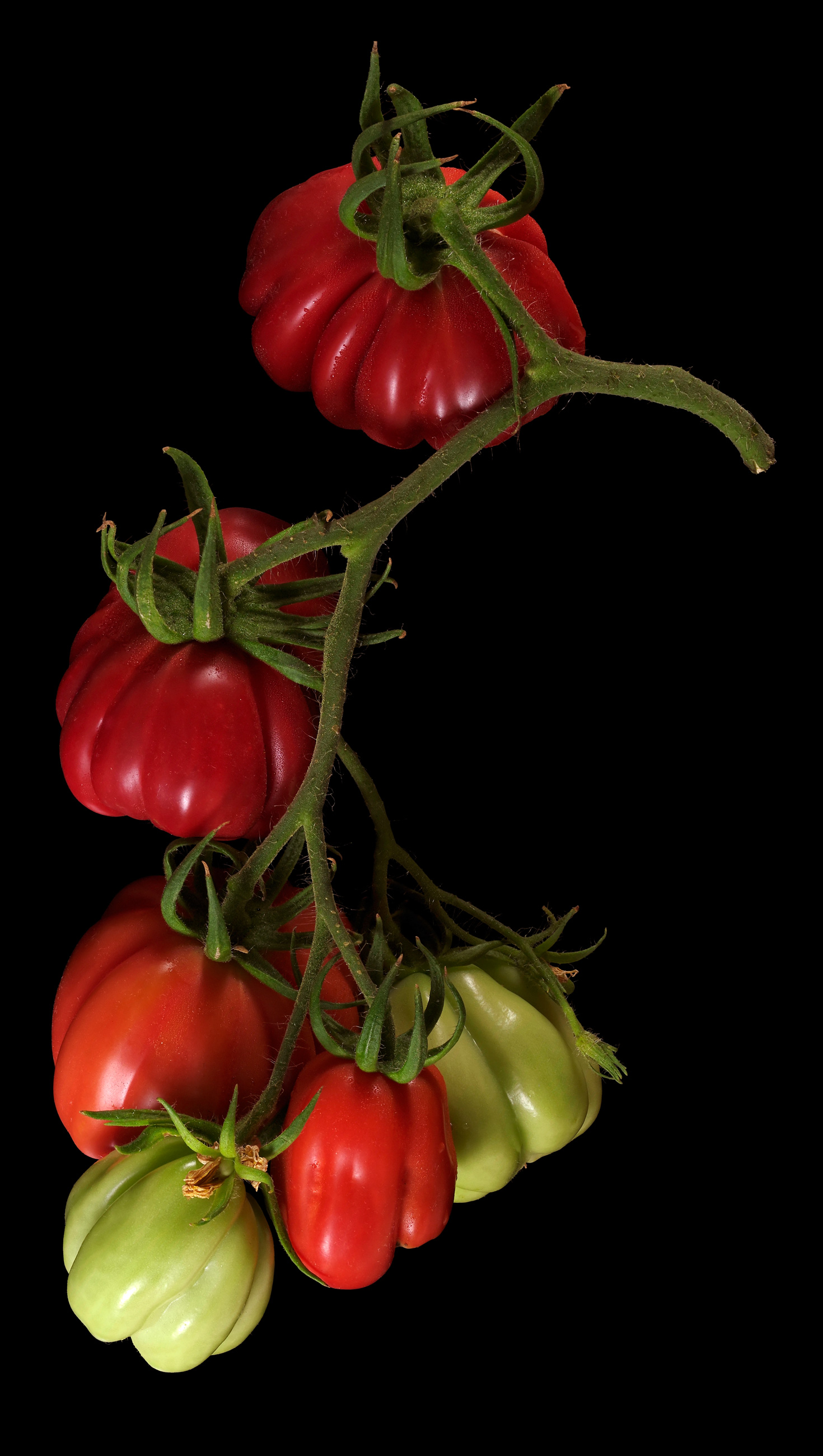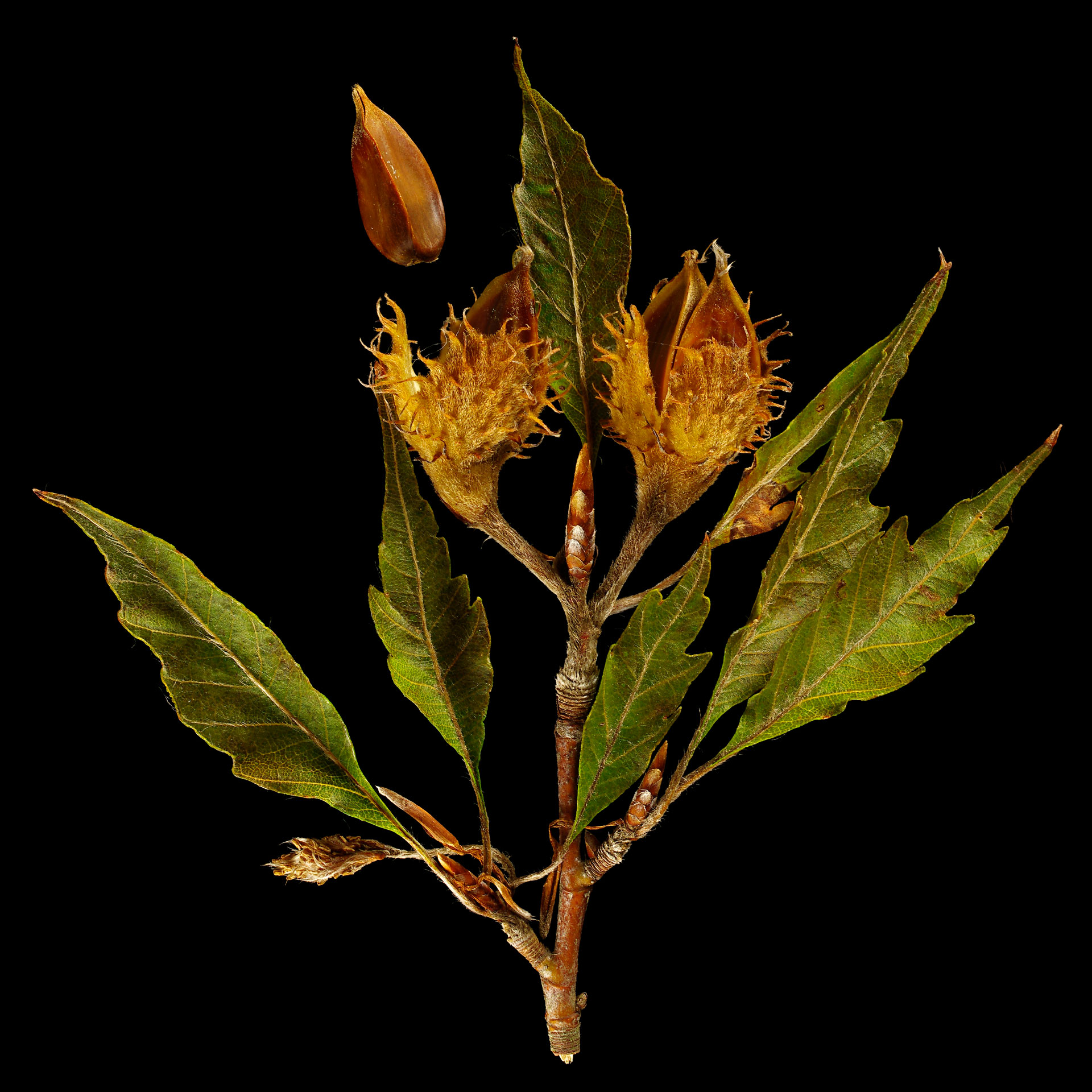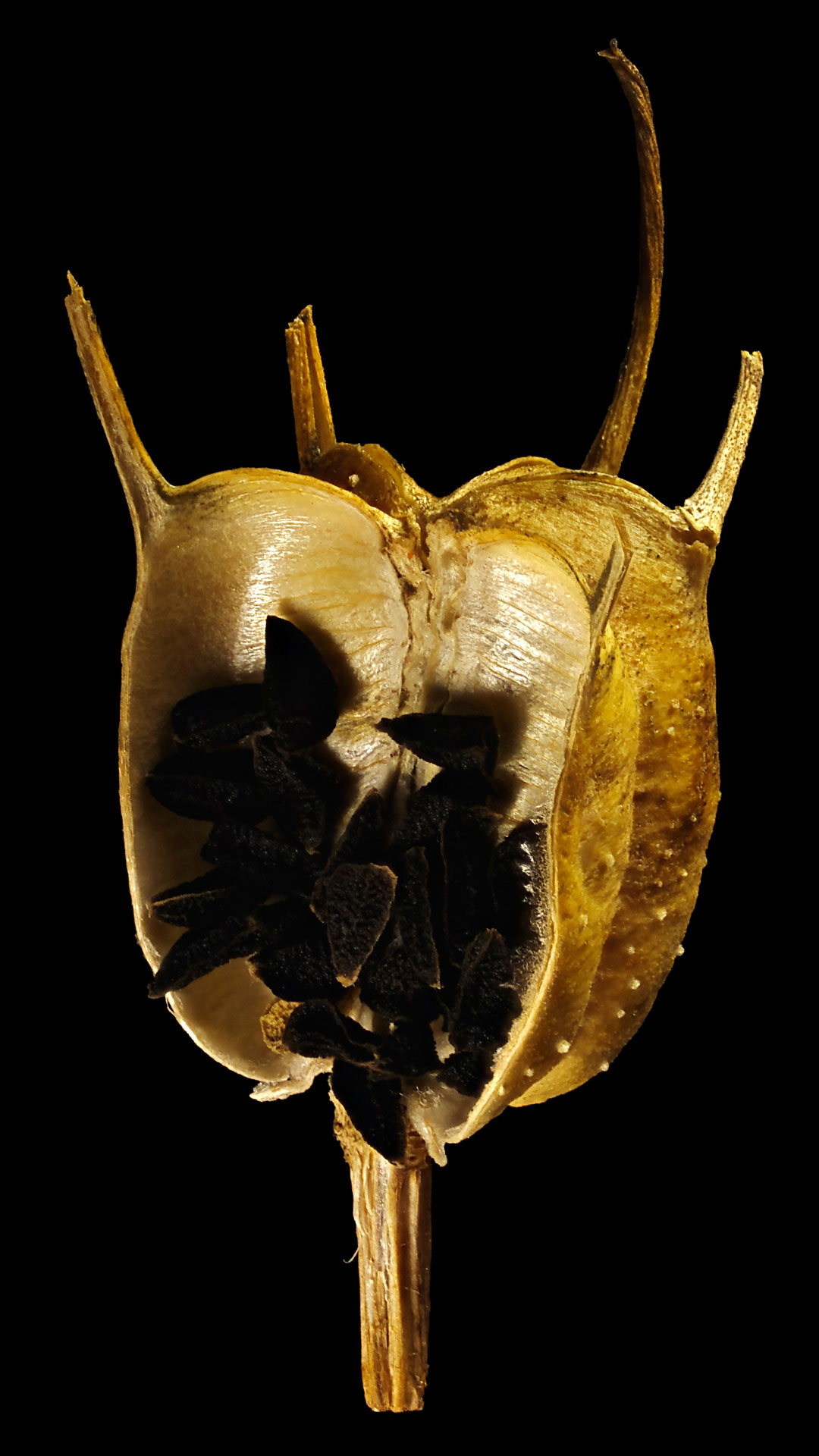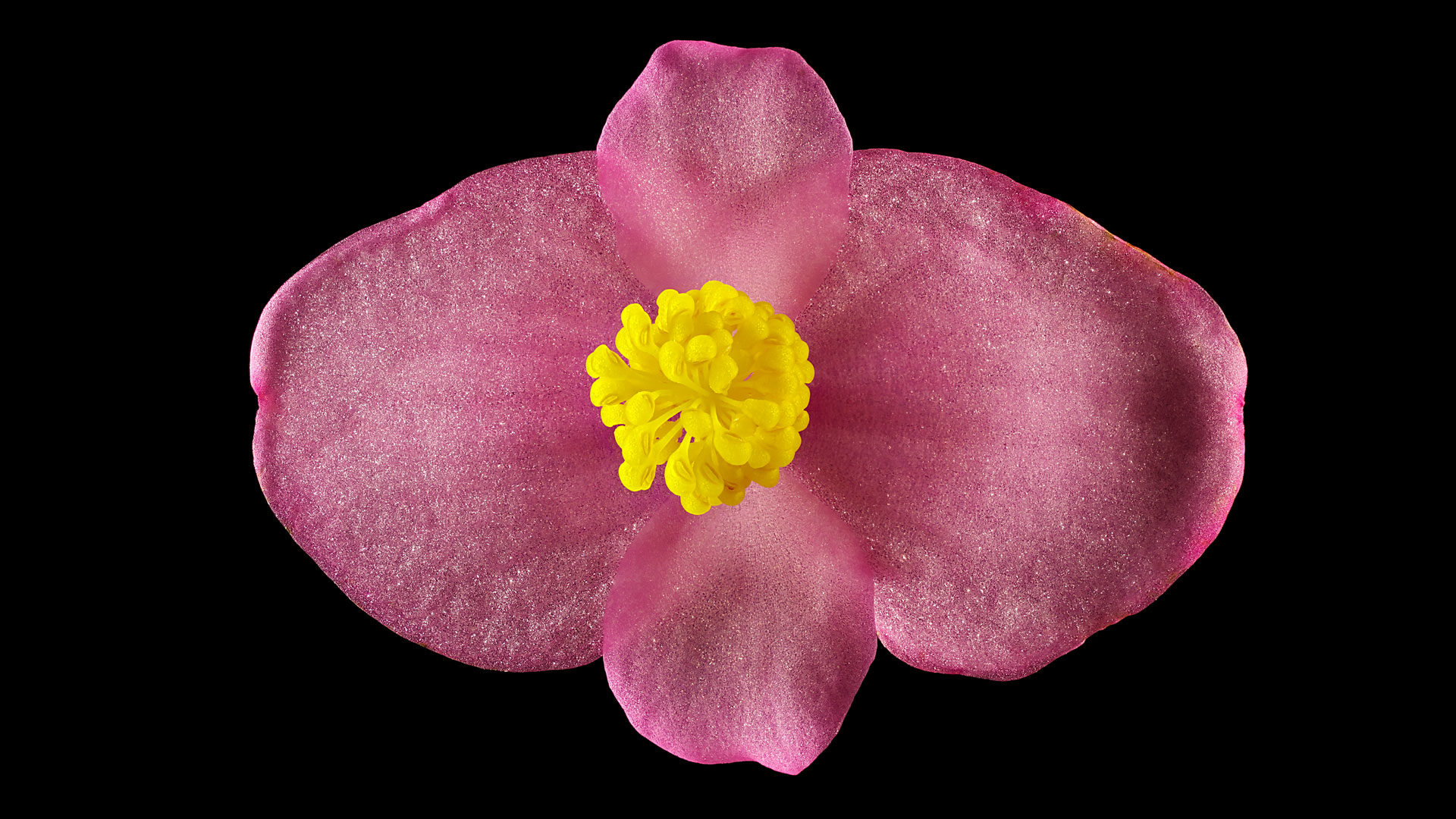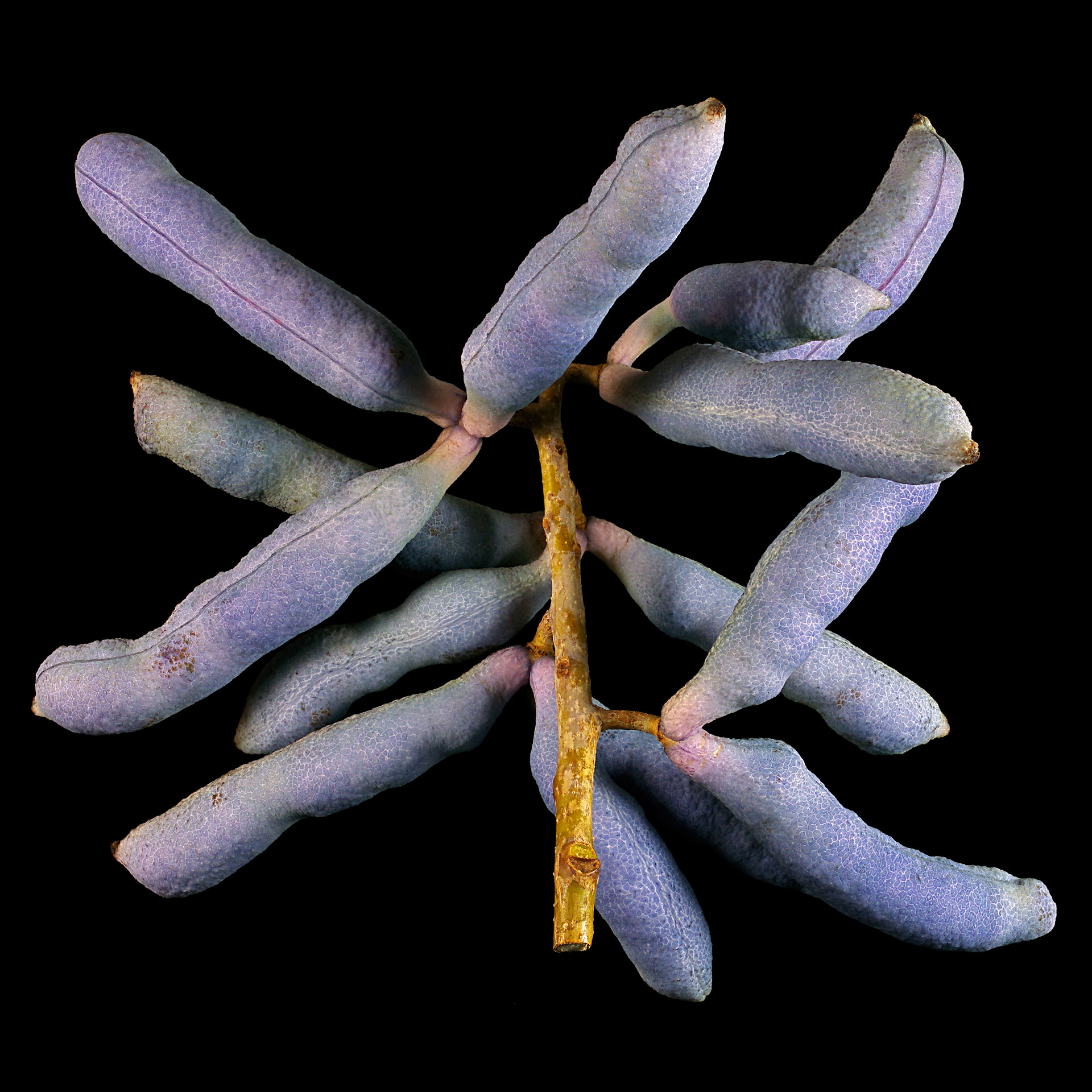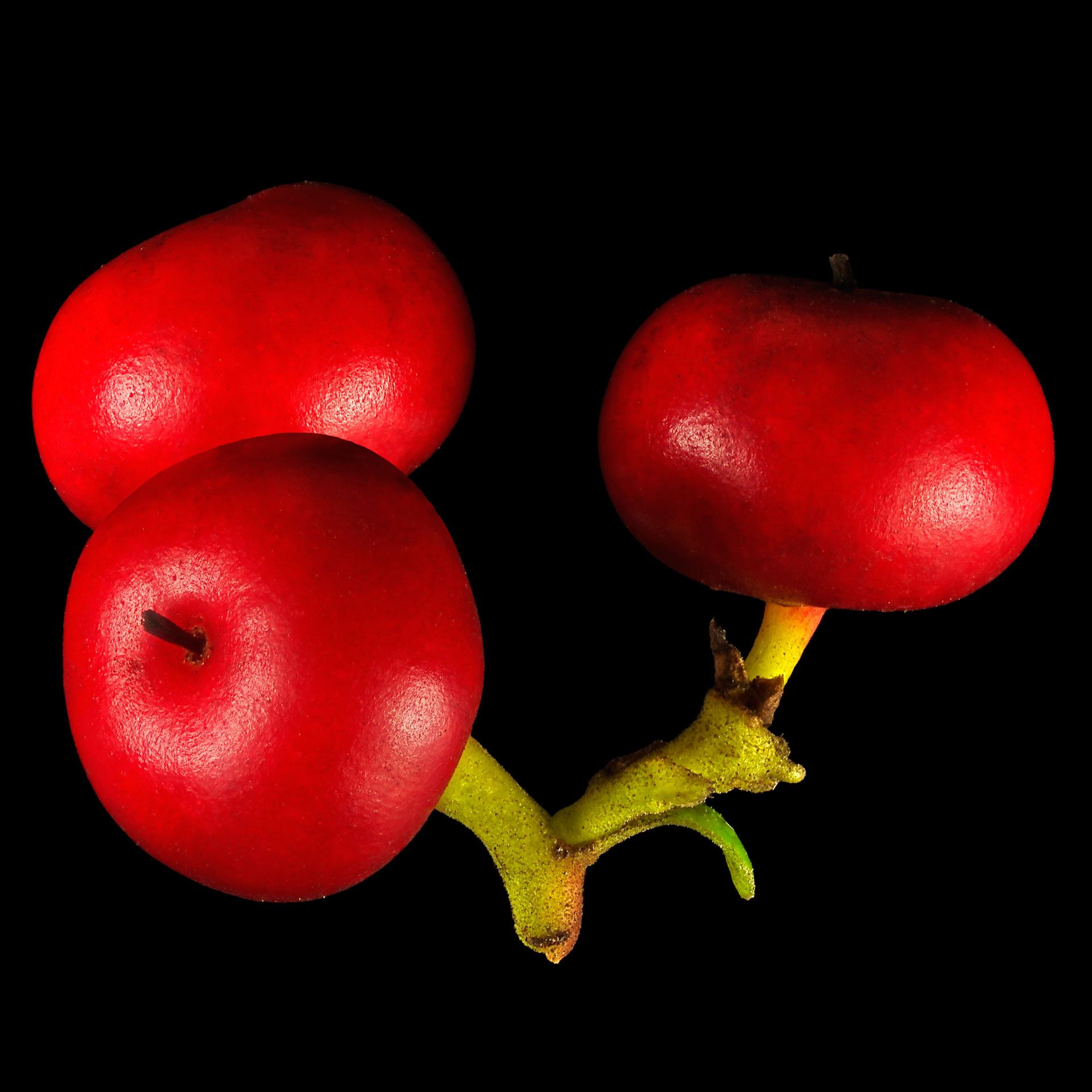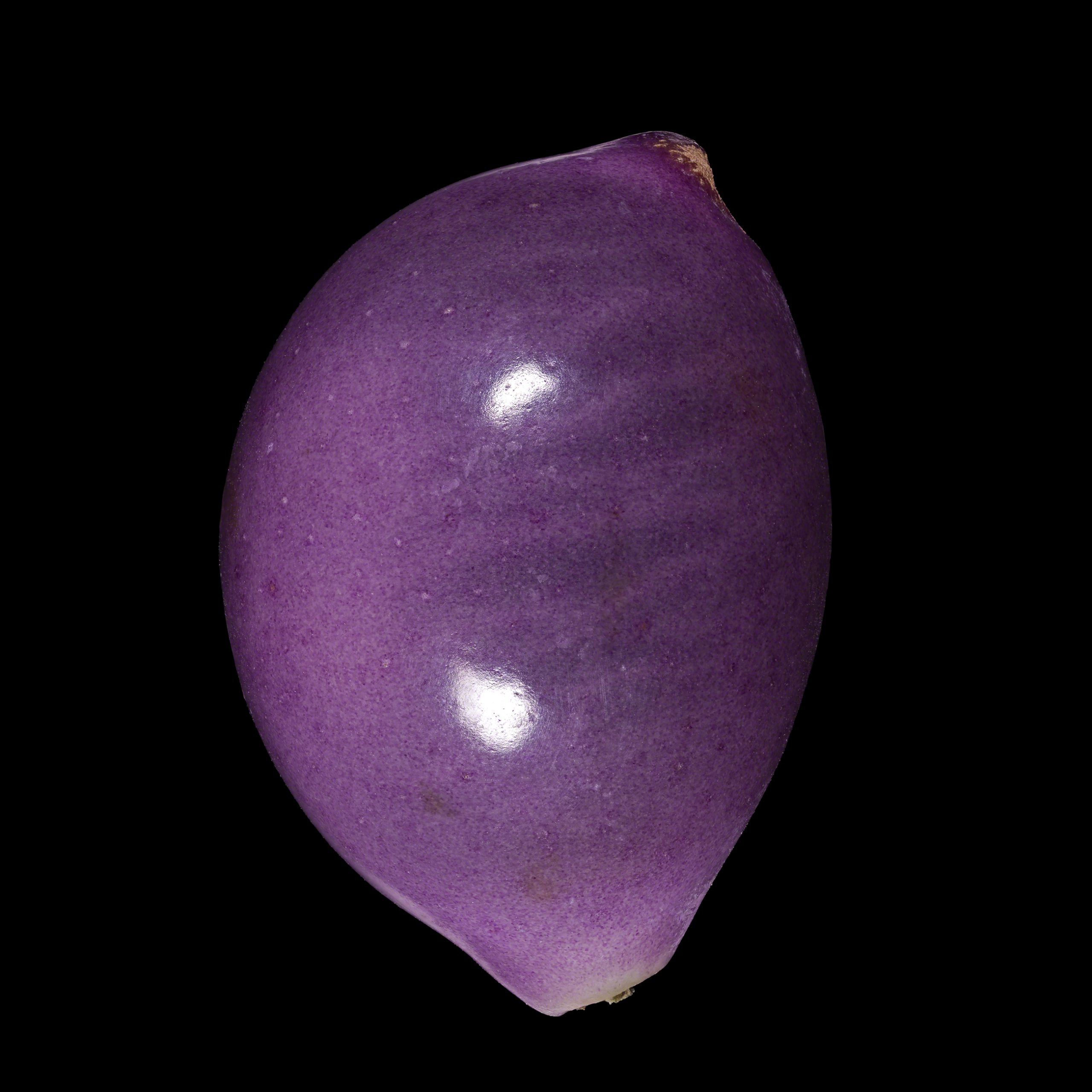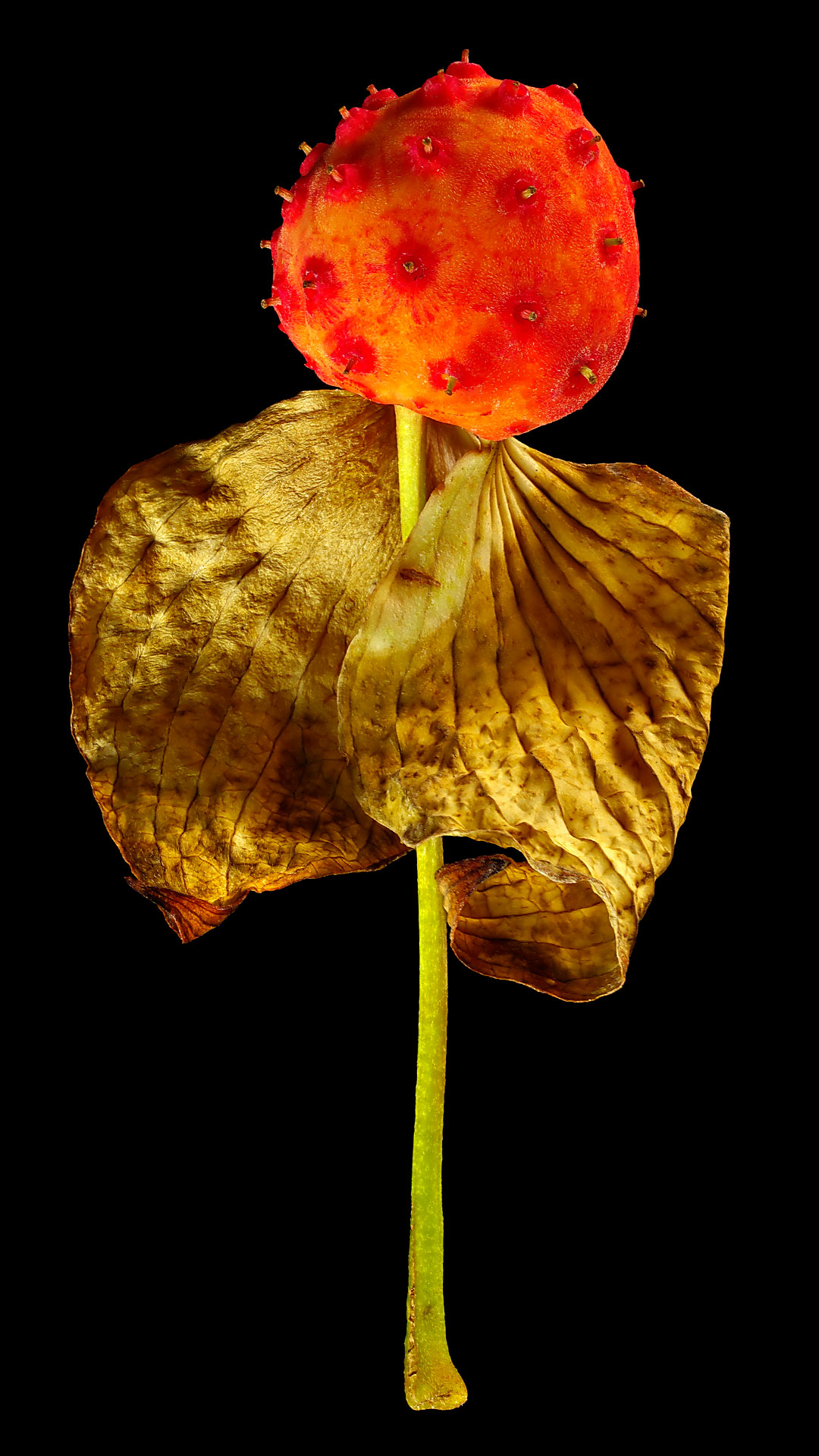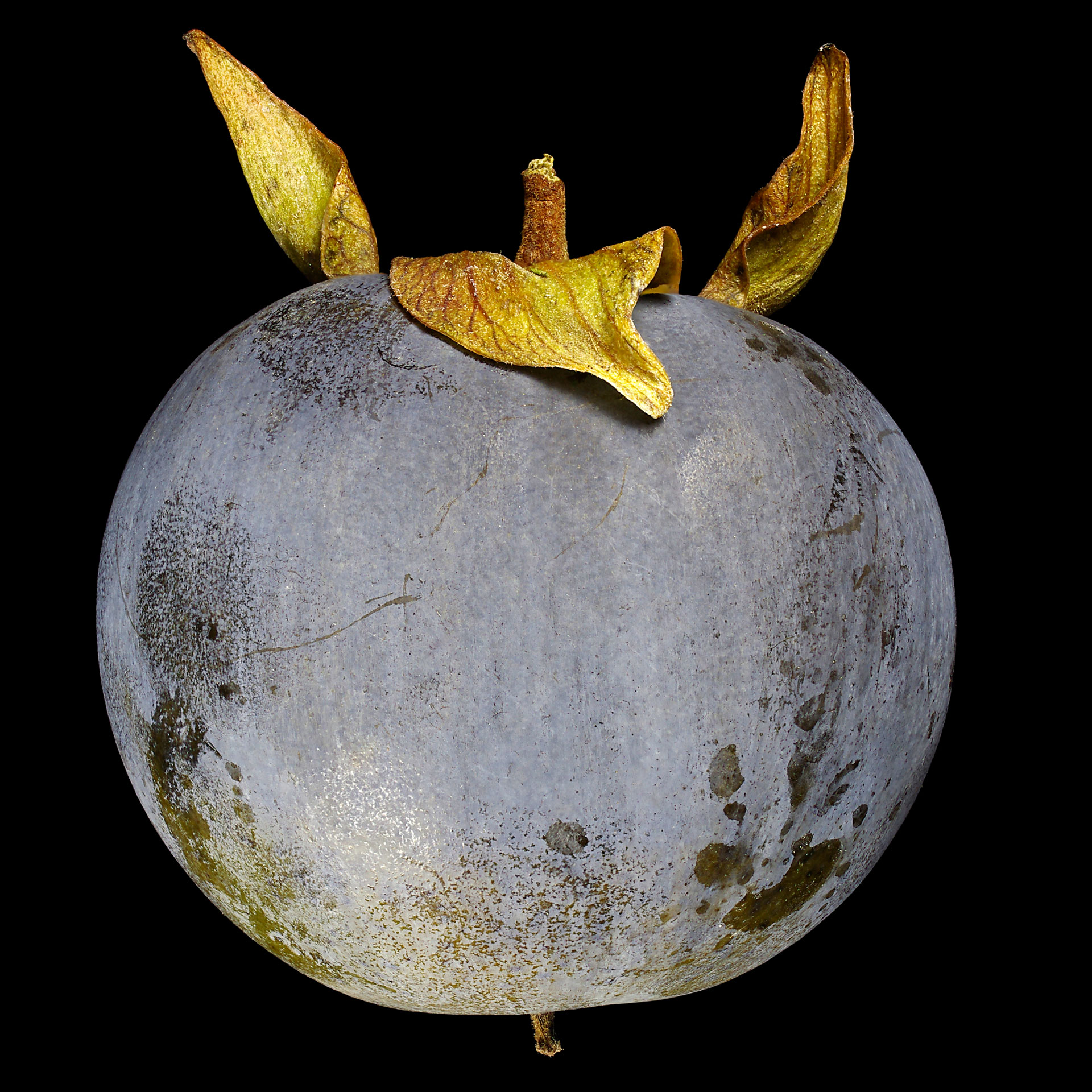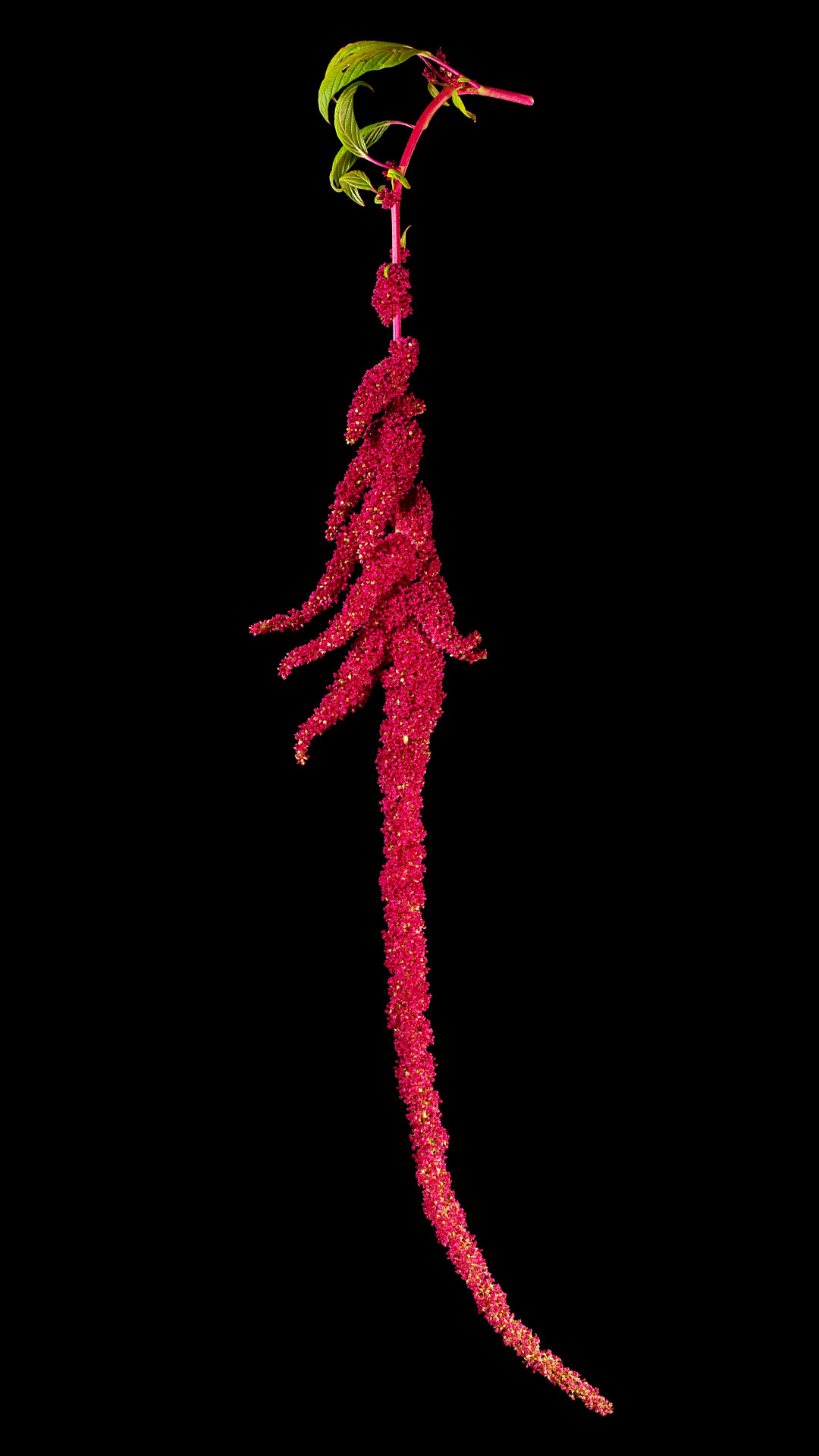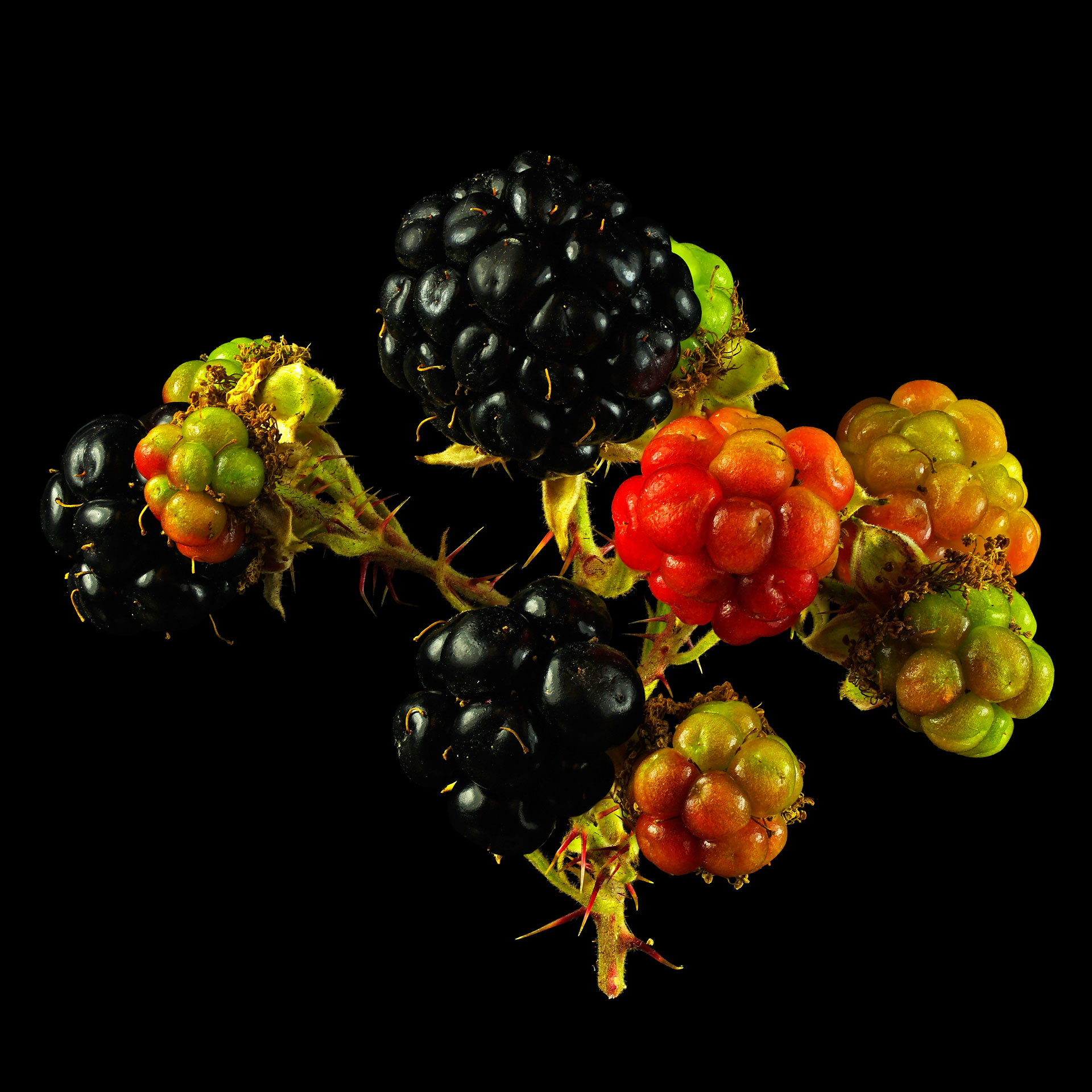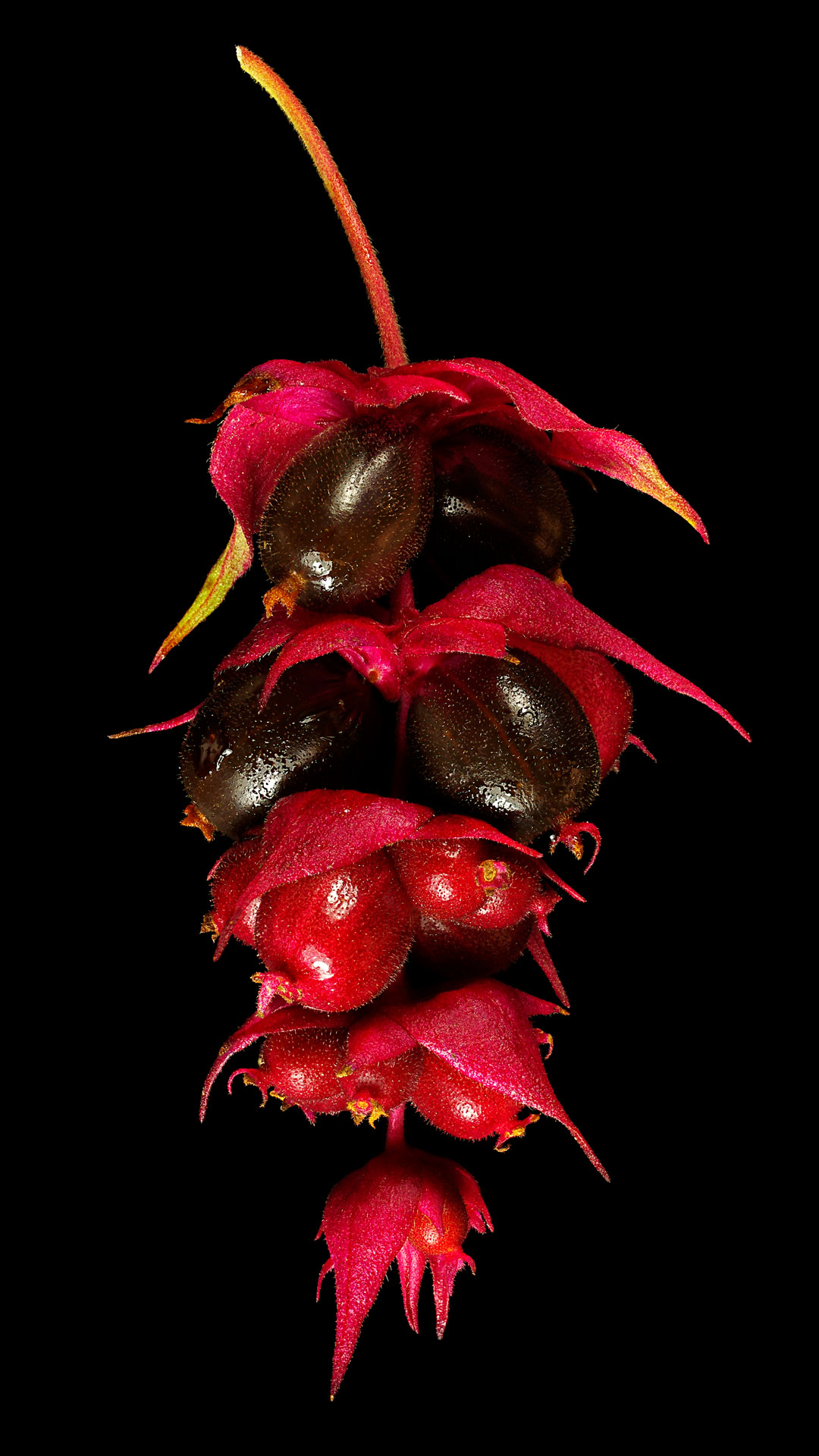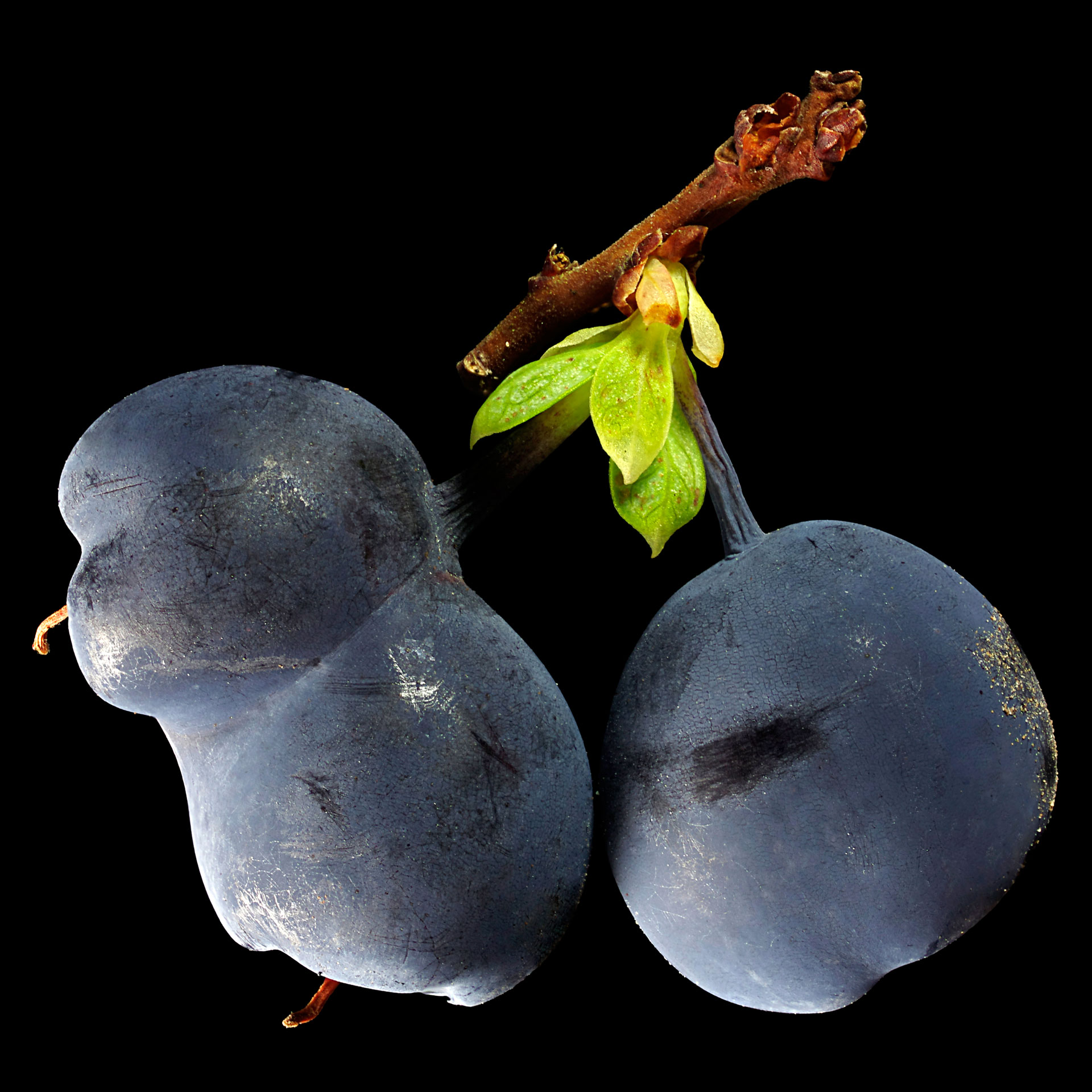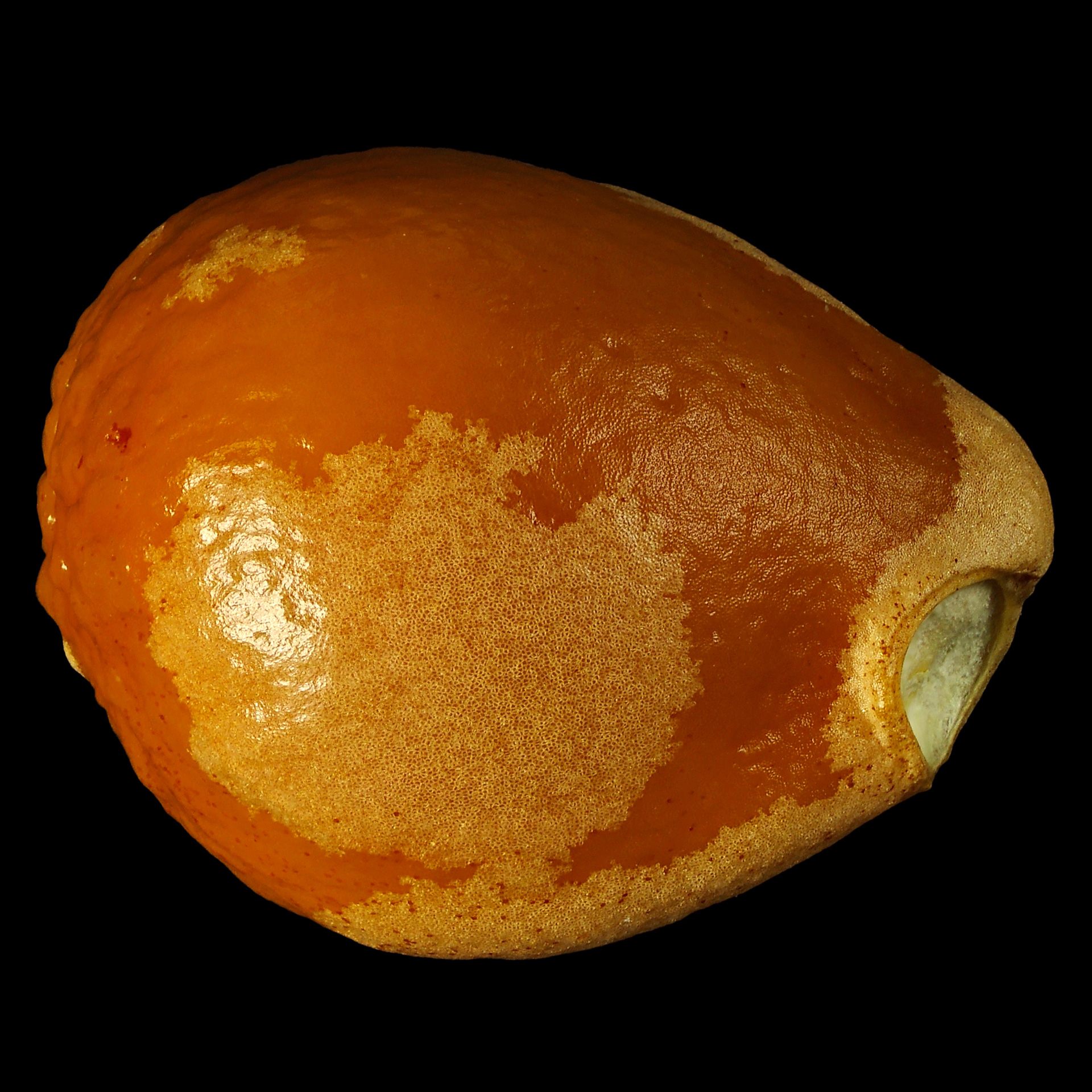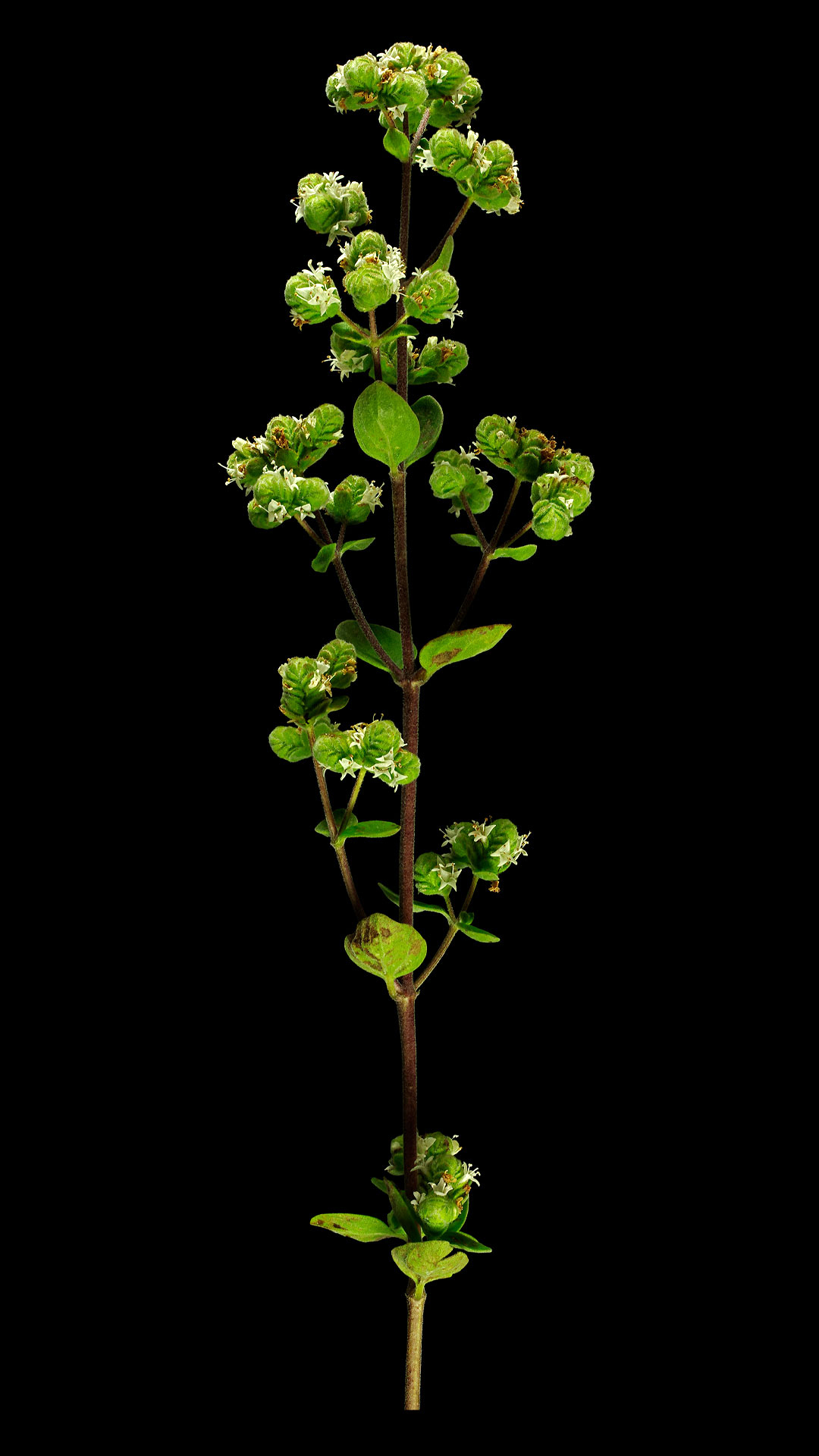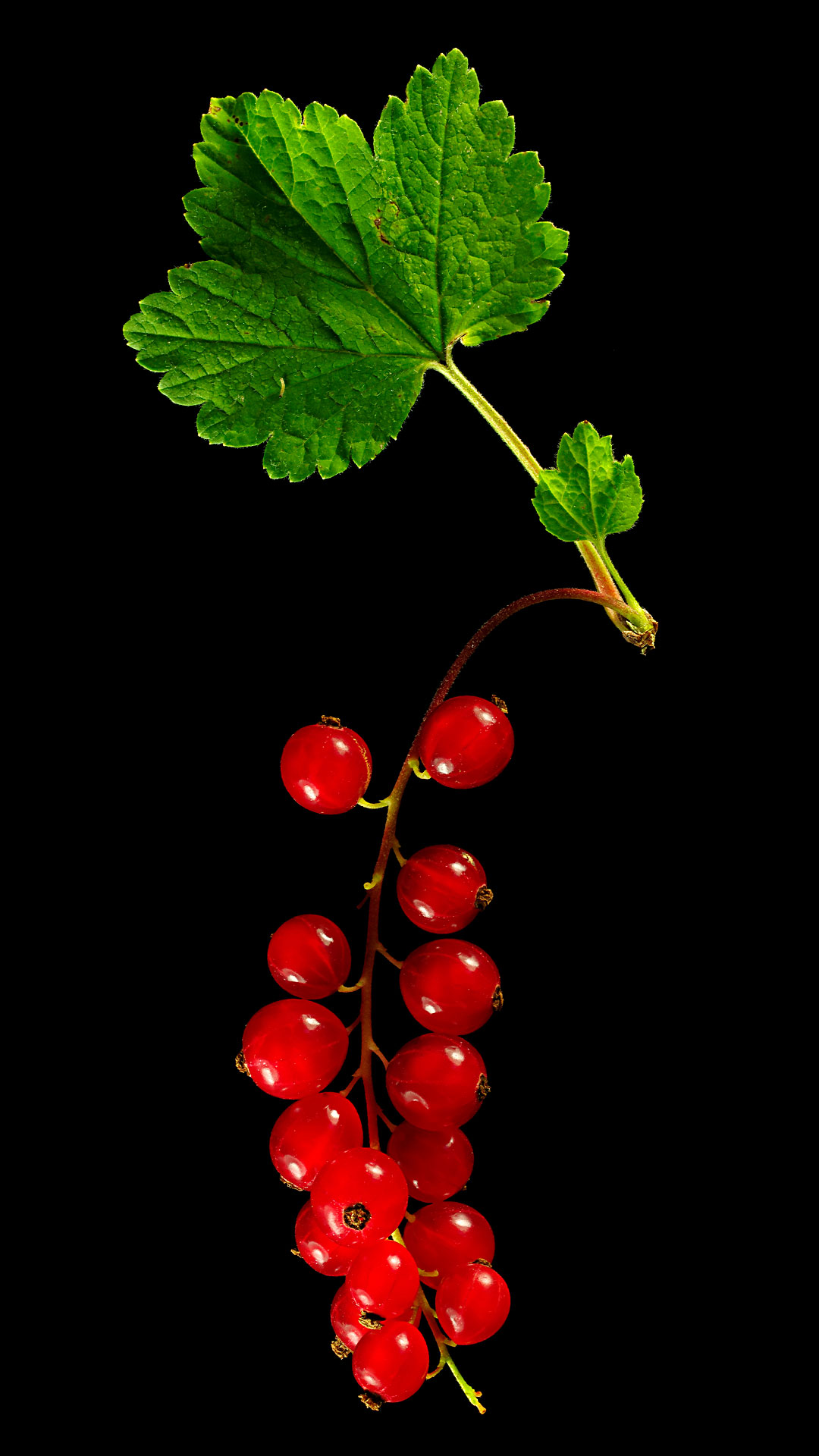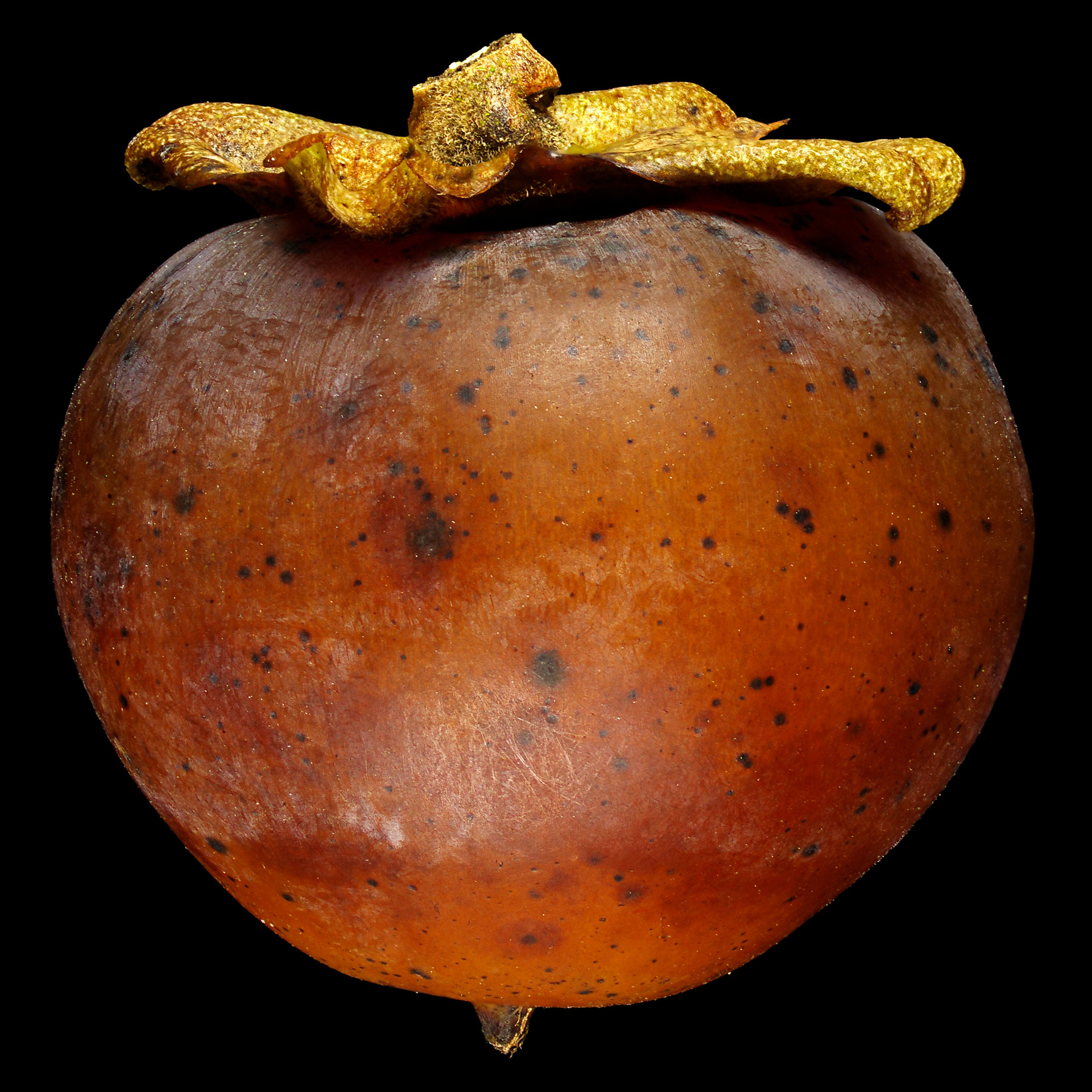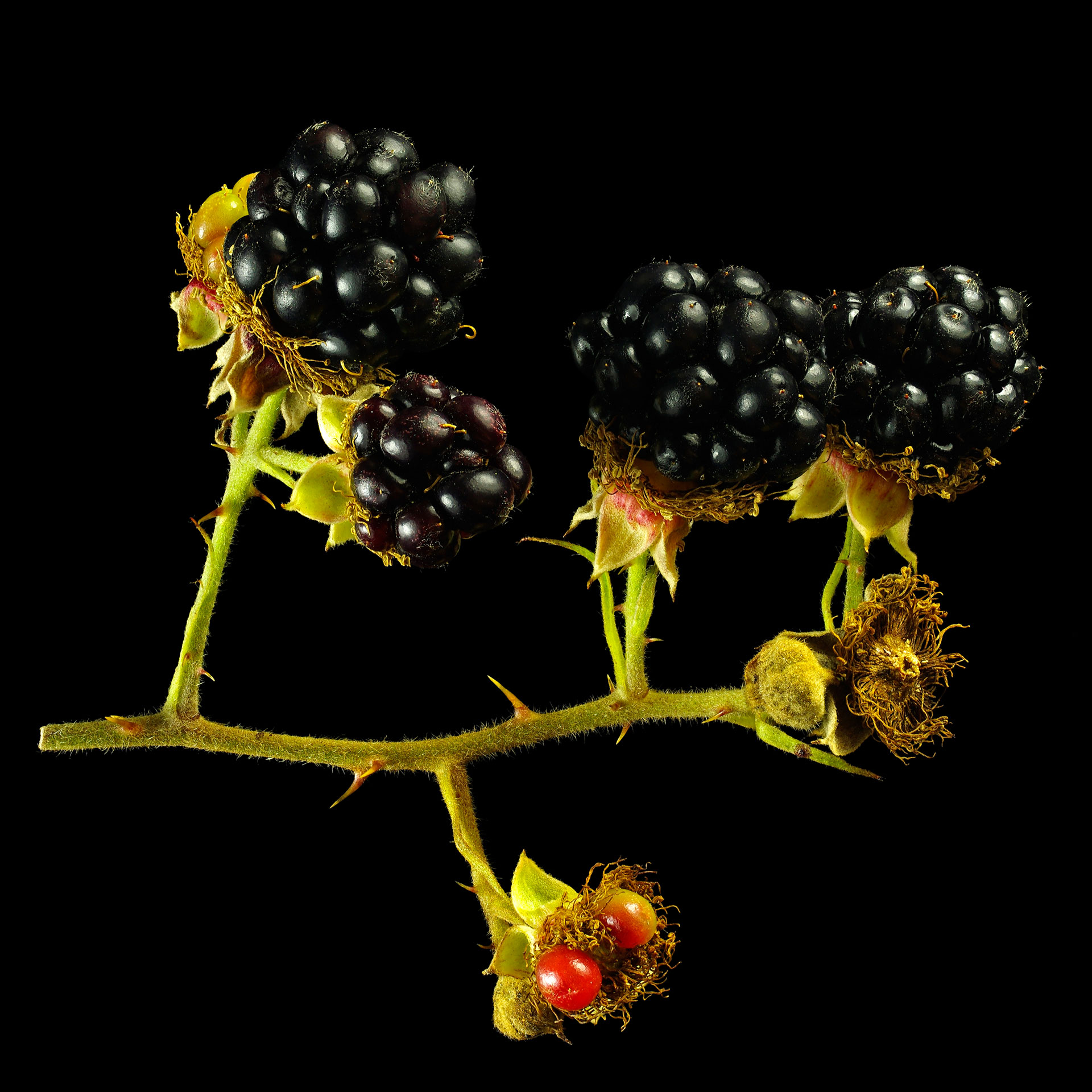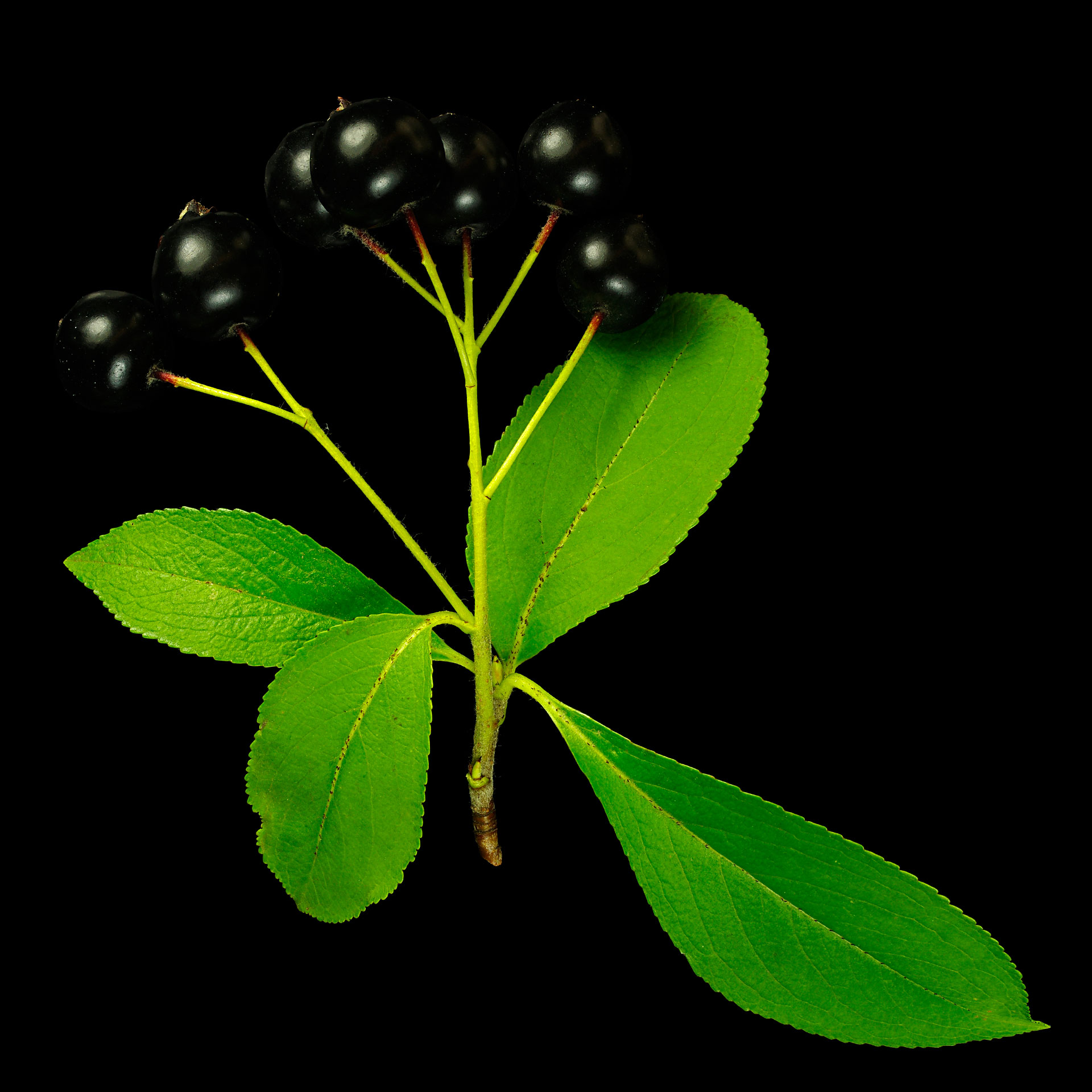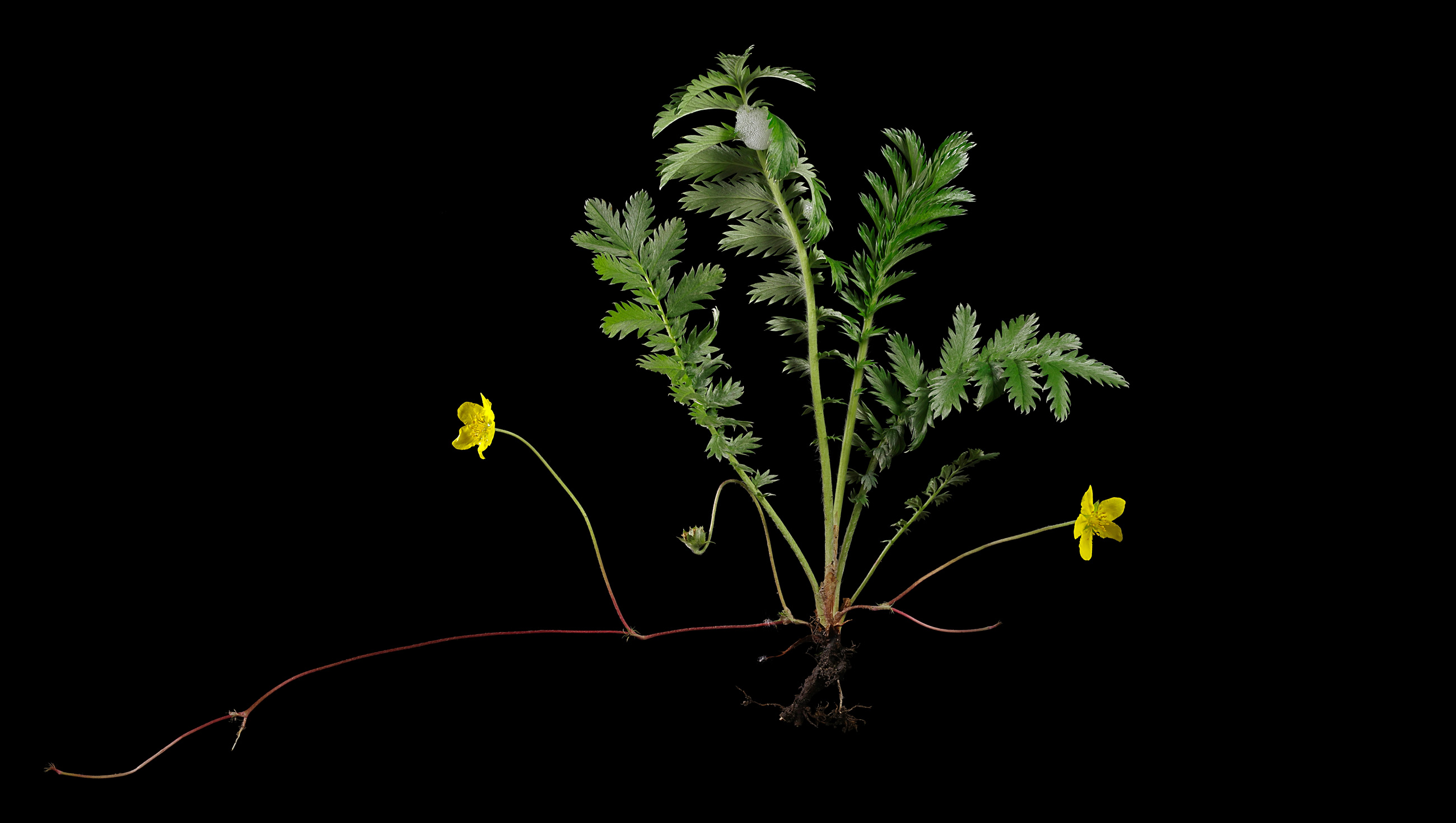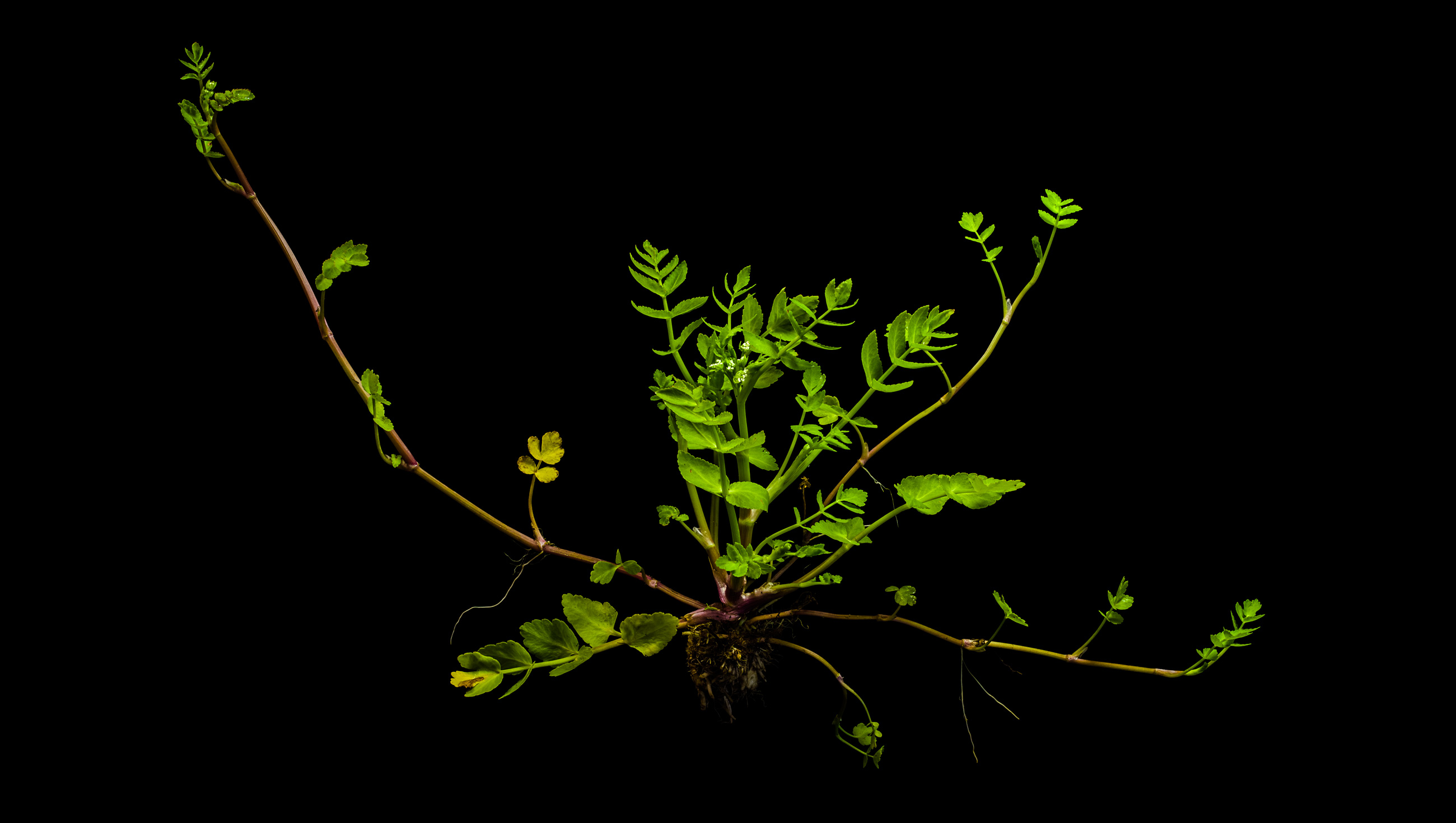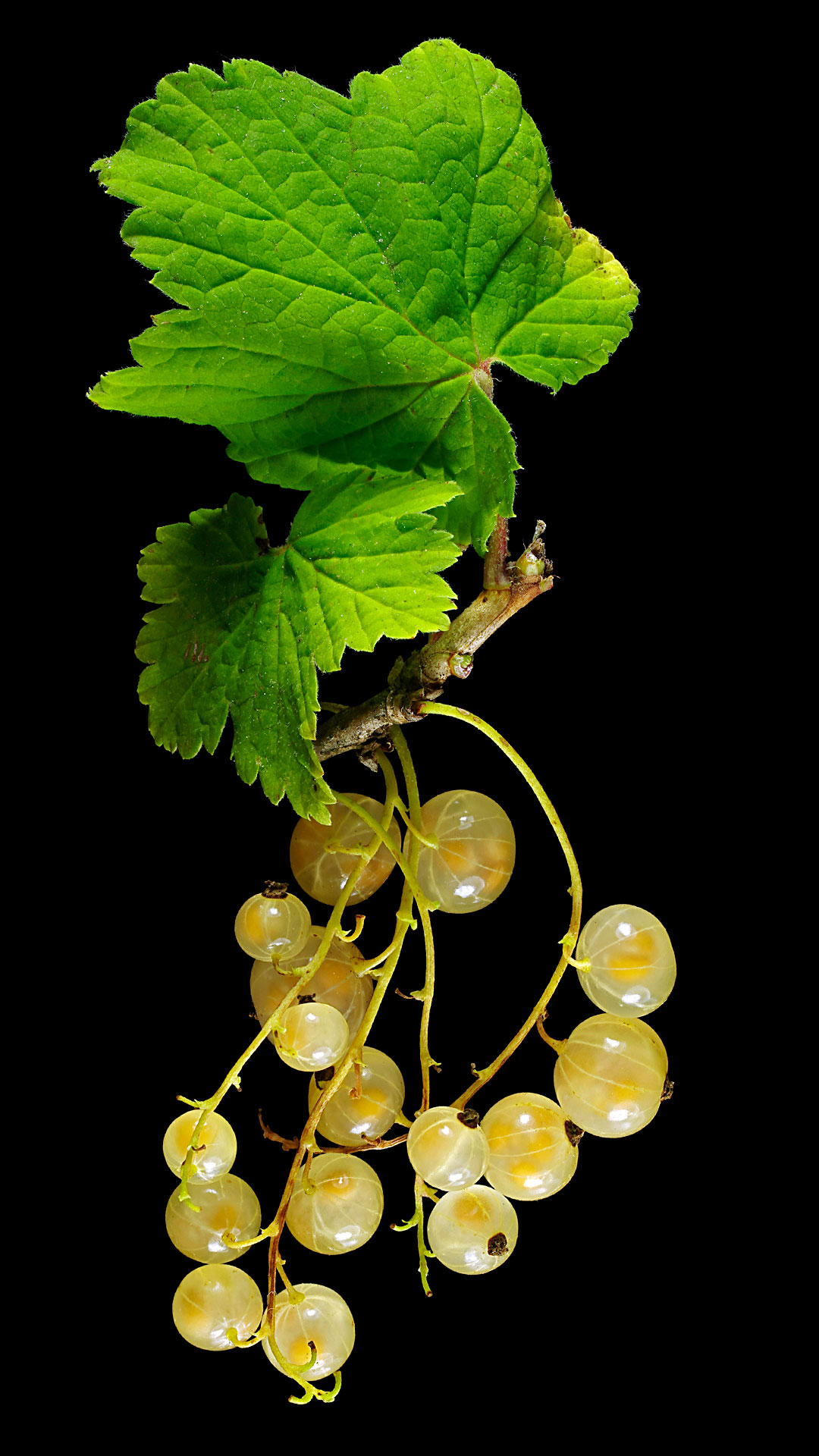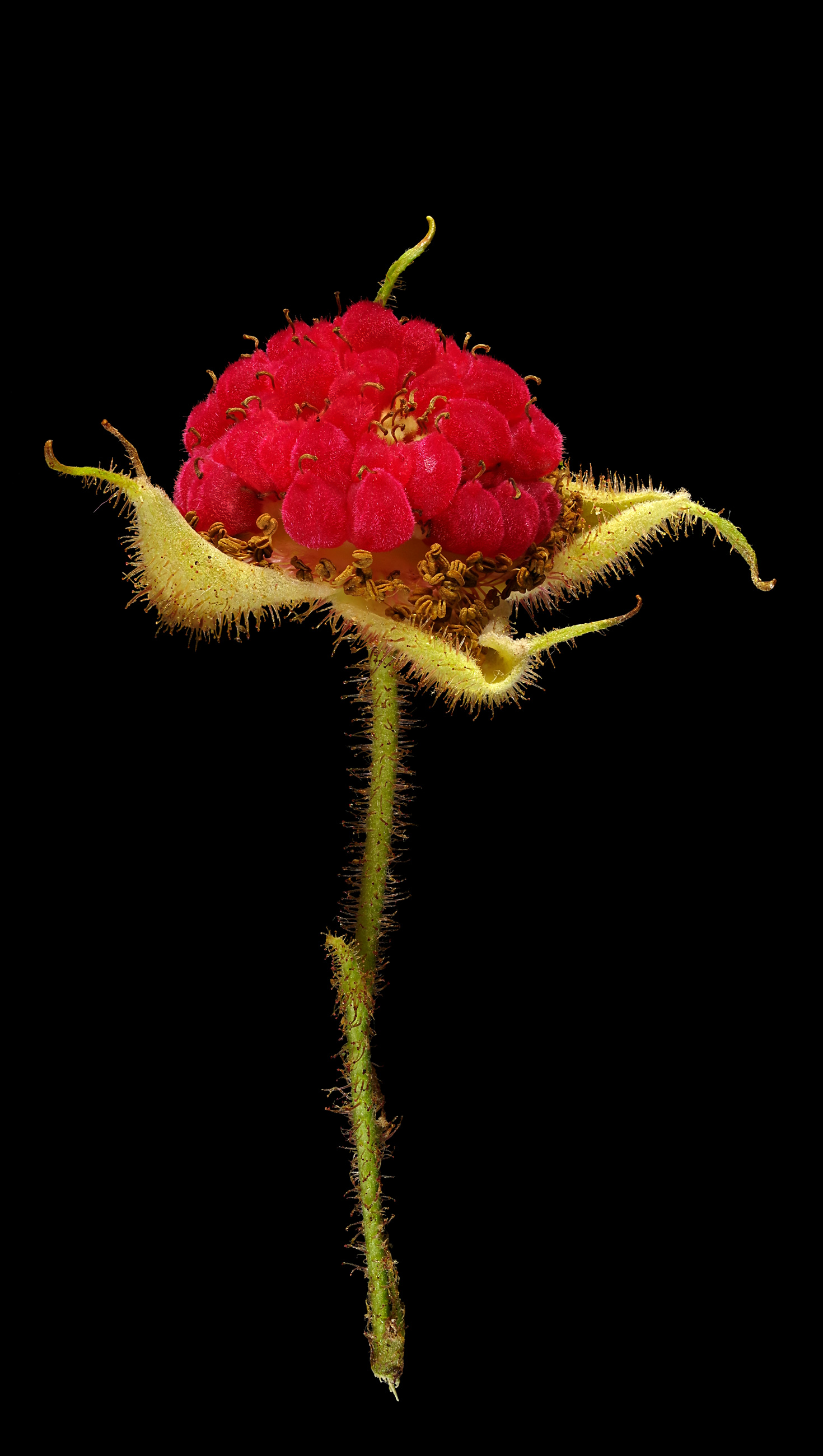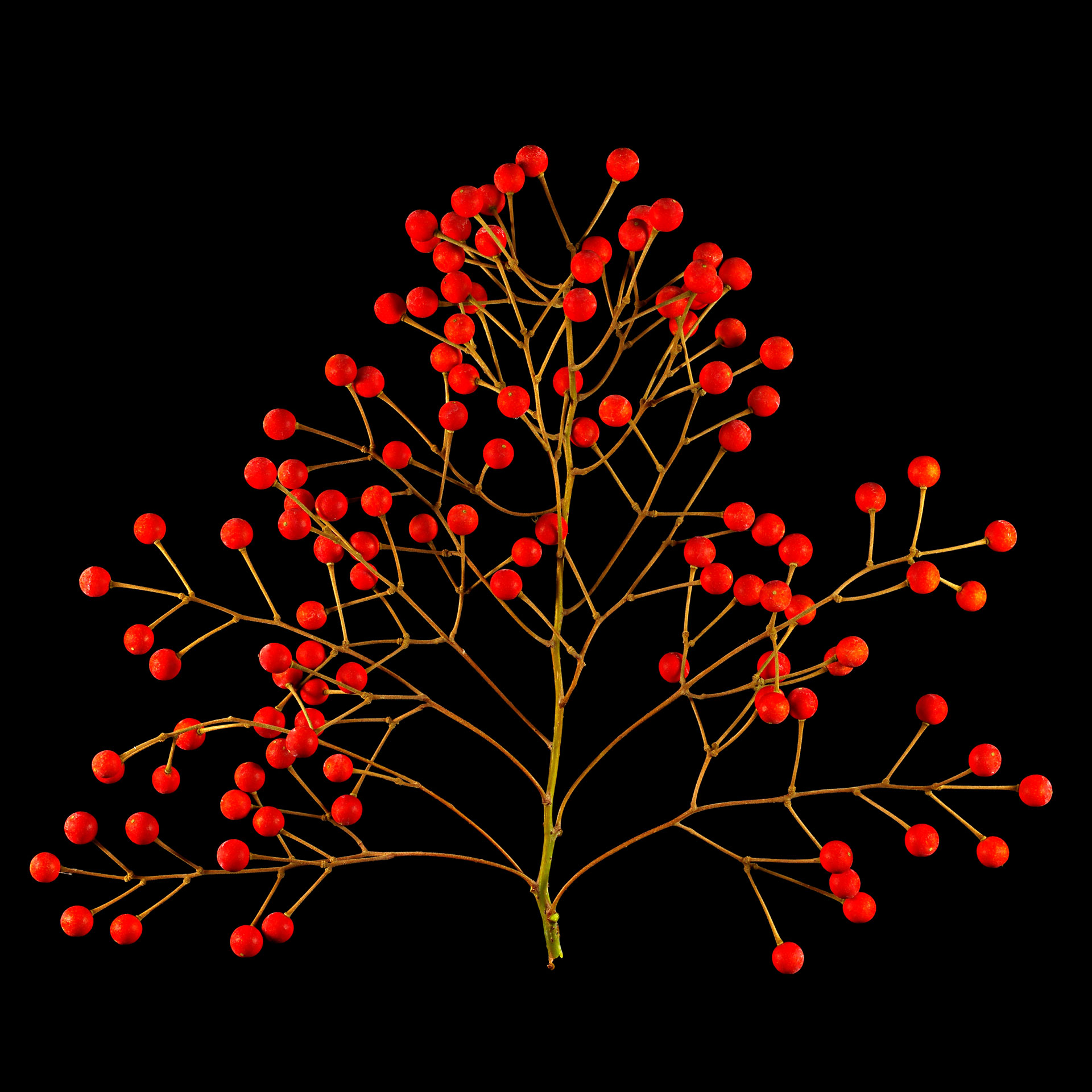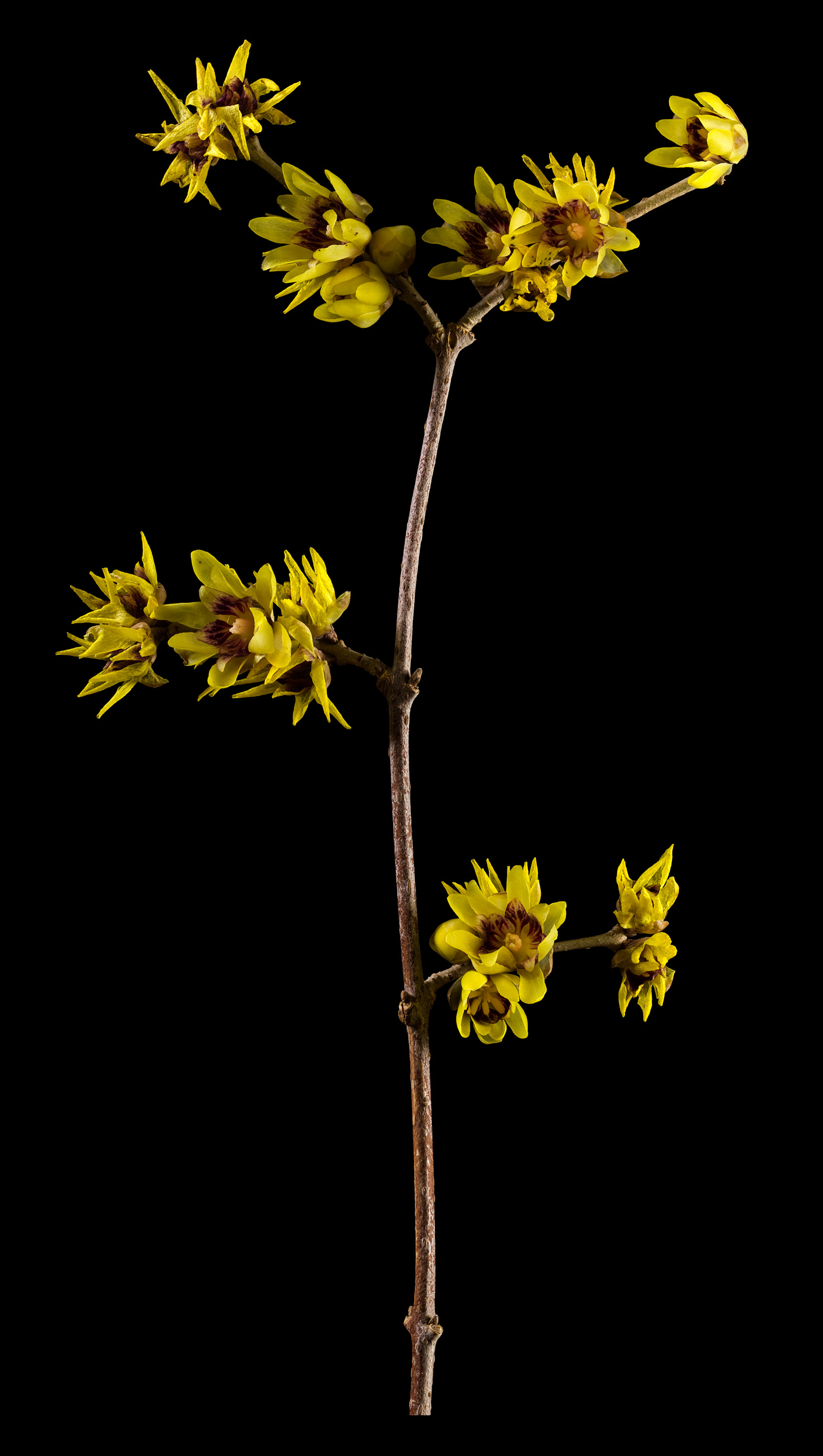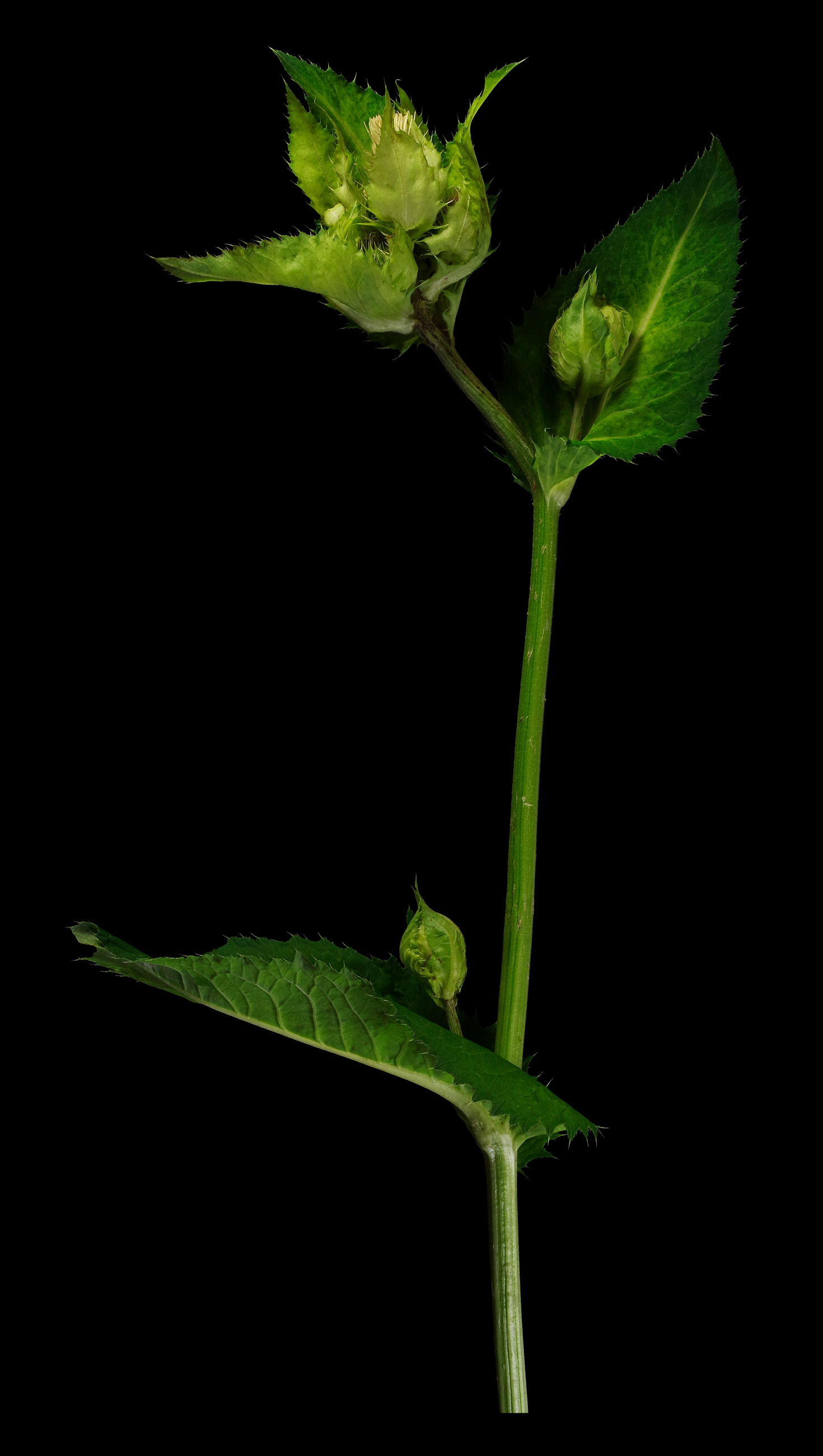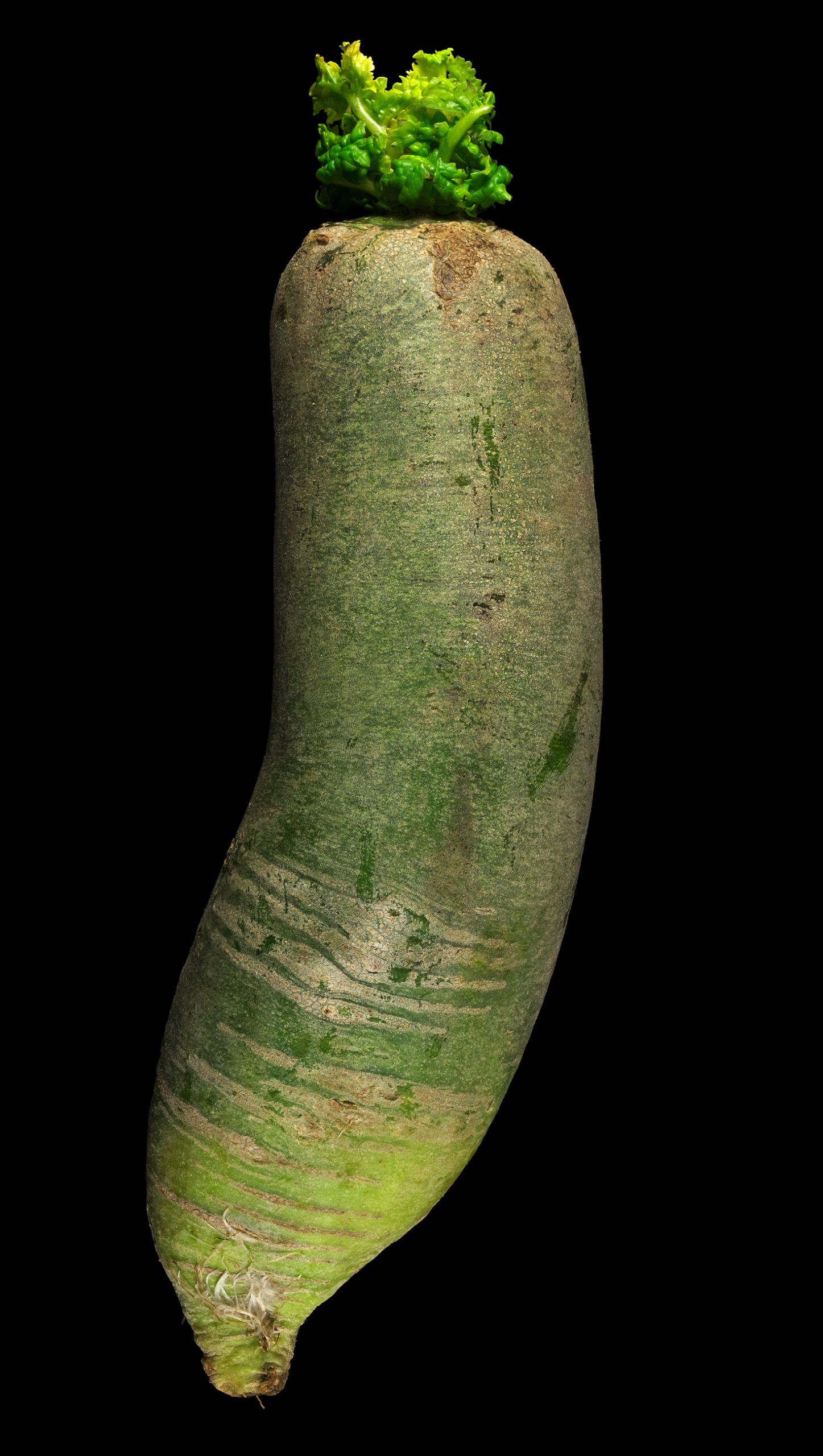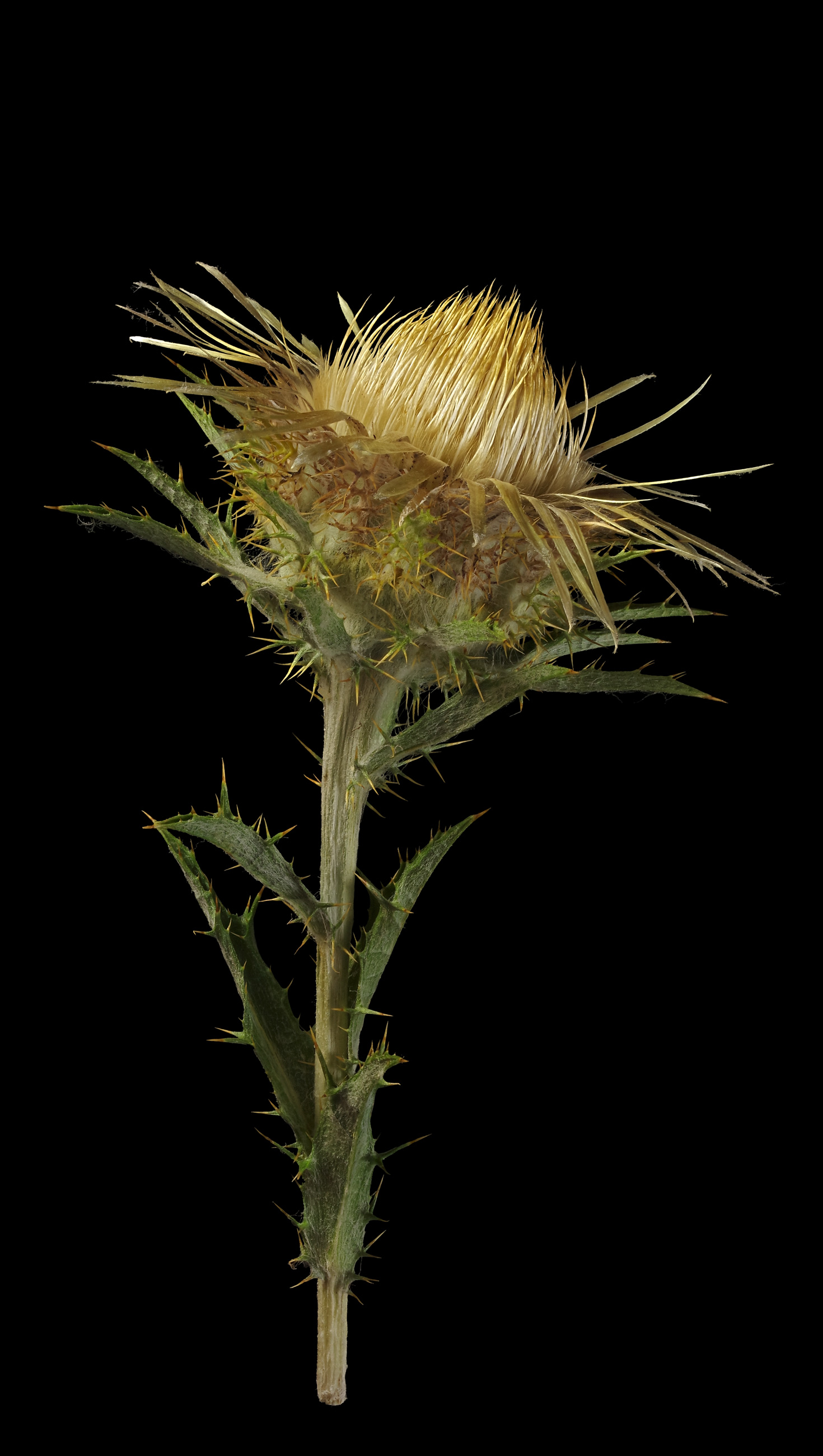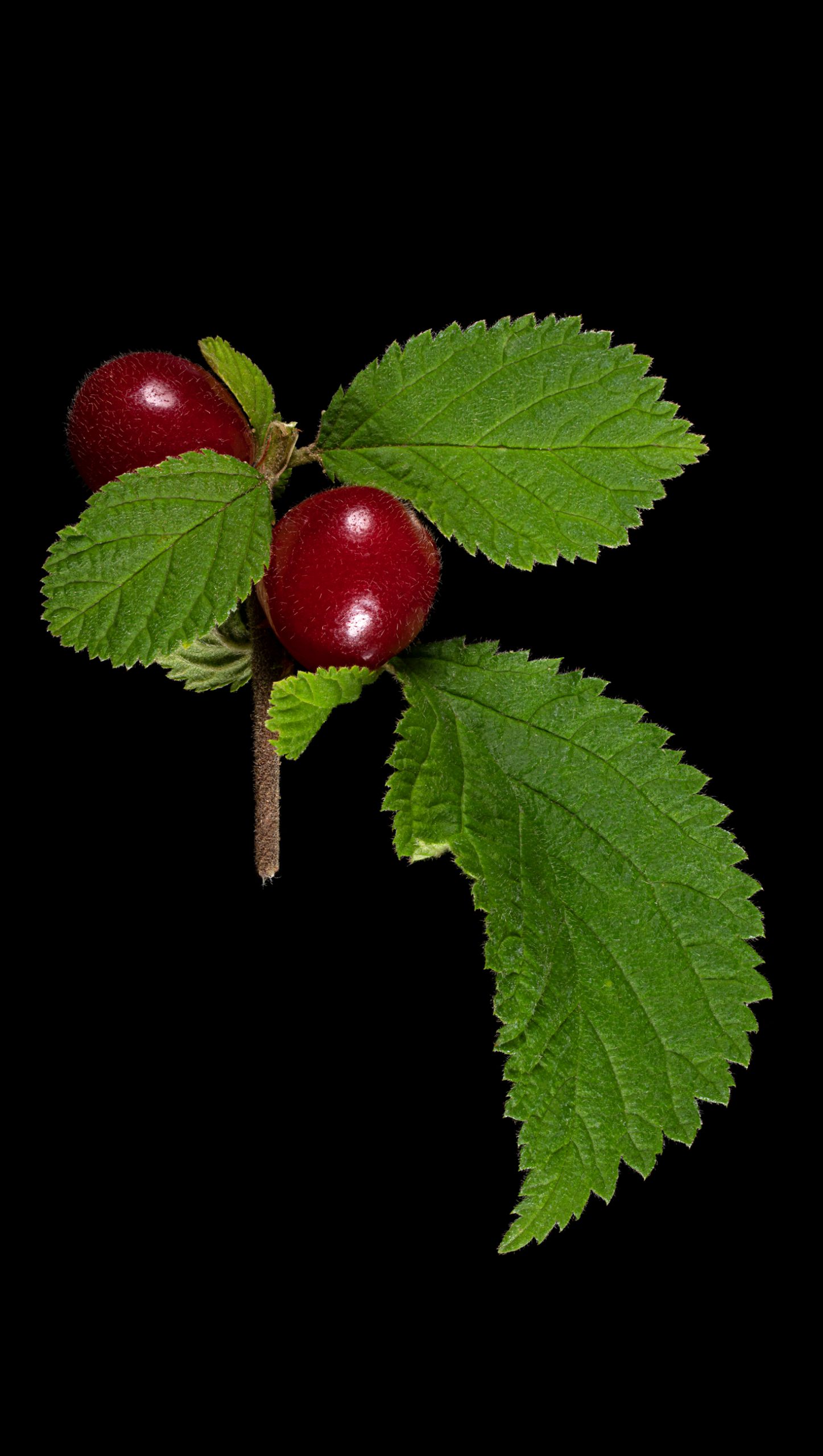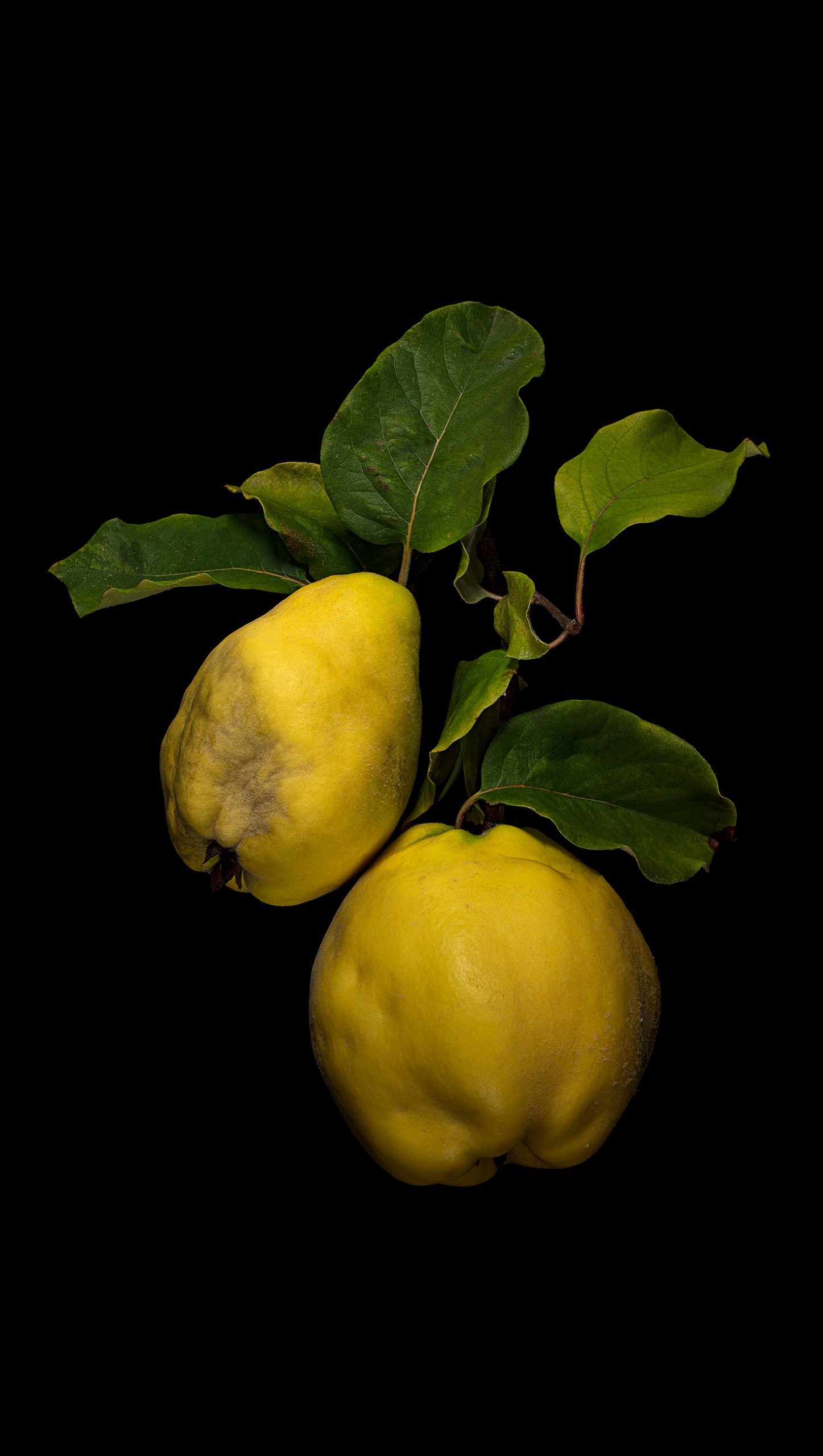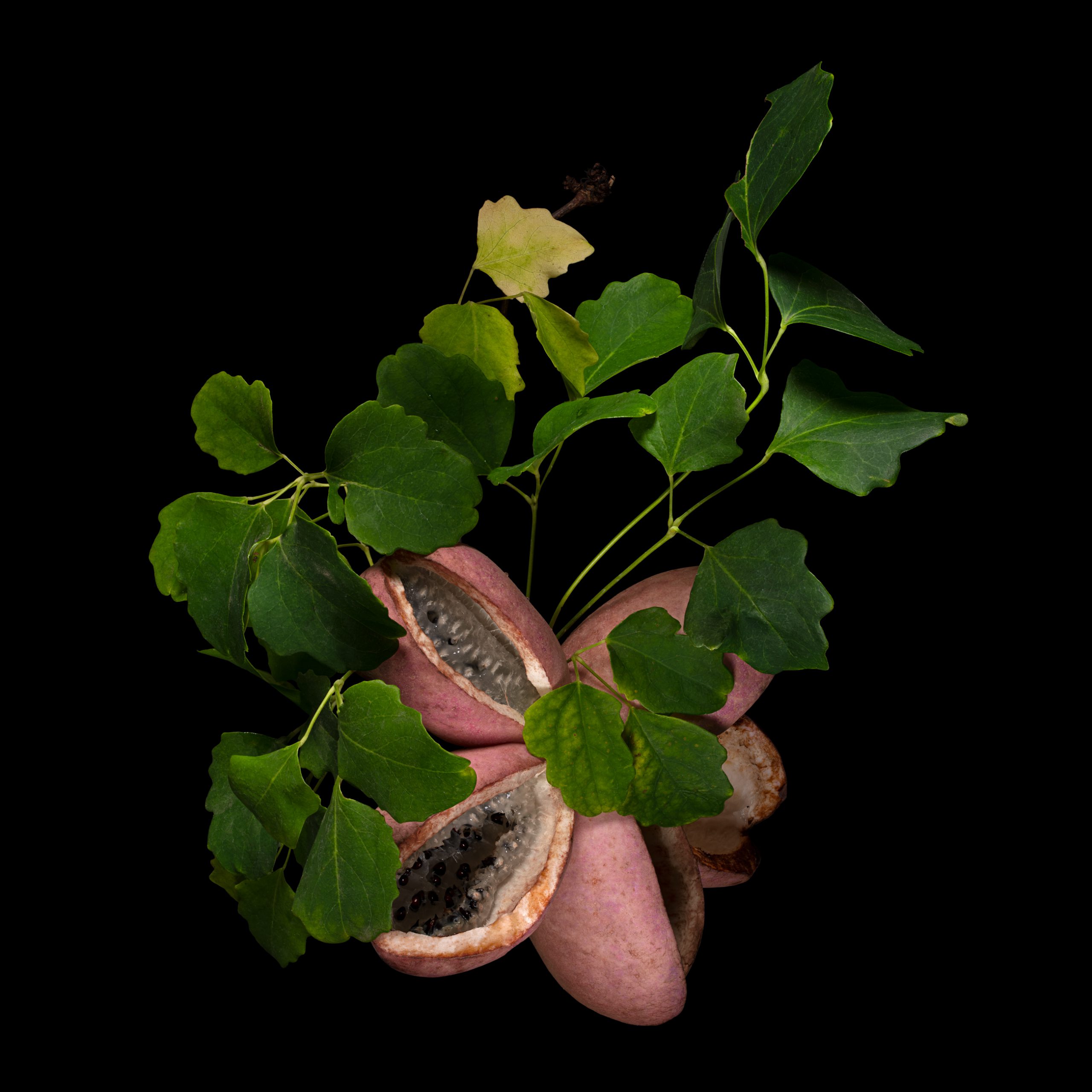Search Results for natural garten
The plant is completely protected by sharp prickles, but this should not stop anyone from tasting the sweet berries that look like 2 cm large tomatoes.
The local people like the fruits directly from the shrub, but they can also be processed to confectionery and fruit schnapps.
The soft, juicy pulp tastes aromatic of fir, it is tart and resinous, yet very sweet.
The black-brown seeds can be used as pseudocereals similar to quinoa, for example boiled as a porridge and grounded to a flour as addition to baking flour.
The calamondin has a thin, sweet peel and sour pulp.
Beef tomatoes are mainly used for cooking, they can be filled and baked or used in stews and sauces. Tomatoes are even suitable for jams – alone or mixed with other fruits.
The leaves can be eaten raw or cooked as leaf vegetables such as spinach. The black-brown seeds can be used as pseudocerals.
Billberry cactus has an impressive growth height of up to 4 meters, and yet it produces only very small, sweet tasting fruits.
Beech can be used in many ways: the fruits called “ beechnuts “ as nuts or oil fruit and coffee substitute, leaves as salad, wood as smoke aroma.
The small black seeds in the capules can be used as spices, they taste like a mixture of nutmeg and woodruff.
Hardy Begonia: Begonia grandis x Begonia evansiana Kitchen herb and decoration The pink flowers of Hardy Begonia are a pretty decoration in salad or - sugared- on confectionery. They have a lemony flavour. The yellow stamens of the male flower
The jelly-like fruit content, which surrounds the disc-shaped seeds, tastes sweet and is a small snack for anytime.
The red stone fruits can be processed well to juice, jam and syrup.
The edible fruits of Sinofranchetia are very similar to grapes, but less sweet and with a little leathery skin.
Under the slightly leathery skin is a soft, mealy pulp with a flavour reminiscent of mango and pineapple.
The flesh of this persimmon reminded me of a dried date: it was brown and soft, tasted sweet, perhaps caramel-like, but unfortunately also „not quite fresh“.
The seeds of the Black-caraway are mostly roasted. They are slightly bitter and spicy, with an unobtrusive aroma of cumin and roasted sesame seeds.
The tiny, lenticular amarant-seeds are extremely nutritious and contain a lot of protein. They can be processed into mash and various bakery products.
The “conspicuous” blackberry can be consumed directly from the bush as a soft fruit or processed into jam, jelly, liqueur, compote, sorbet and juice.
As soon as the small fruits of pheasant berry are ripe and therefore dark brown and soft, they taste intensely like slightly burnt (bitter) caramel.
Bog bilberries can be freshly taken from the shrub or processed into jam, compote, liqueur and wine.
If the seeds are not used for jewelery, they can be eaten like nuts. They are supposed to taste like pistachios.
The whole herb is used with flowers and stems, both fresh and dried. It goes very well with potato dishes and legumes.
Redcurrants are processed to red fruit soups and summer pudding, juice and ice cream. And many more…
Date plums can be eaten raw after frost destroyed their adstringency, but they are most eaten dried.
Winter’s Blackberry: Rubus winteri Not a winter crop Winter's blackberry, often called "winter blackberry", probably has nothing to do with the cold season. The "i" at the end of a botanical name usually refers to a surname and I suspect
The black chokeberry contains many vitamins and other important substances in such large quantities that it has also medical significance.
In Tibet, the roots are supposed to be eaten comparatively frequently as a nourishing root vegetable. They can be processed fresh or dried for later use. The leaves can be chopped (because they are very fibrous) and added as wild herbs in salads or steamed in oil.
This wild vegetable, which tastes like a mixture of celery, carrot green and parsley, is particularly popular as an ingredient for green smoothies. The tender leaves also refine salads or stews and spinach.
Like their red relatives, white currants are popular garden plants, but their fruits are sweeter.
The fruits are small, not particularly juicy and decompose easily, which is why they have not become established as a fruit plant.
The crushed leaves of oregano should not be missing on any pizza and give many other dishes of Italian cuisine an unmistakable aroma.
The Ligiri, native to East Asia, carries clusters of small berries that taste bitter and tangy. They can be eaten raw or cooked.
After thorough cooking and rinsing, the flowers are also edible and are served with oil and salt.
Young leaves and stems are edible as vegetables, the small flower buds can be prepared like artichokes.
Green Luobo can be eaten raw and when cut into thin slices is a decorative addition to a salad.
The flower bases of the buds can be eaten like an artichoke, but those of the carline thistle are much smaller and hardly productive.
The hairy fruits, which grow on very short stems almost directly on the branch, are juicy and soft, slightly sweet and tart.
Quinces are rarely eaten raw. They are mainly consumed as jelly, stewed fruit, mush, chutney, schnapps and „dulce de membrillo“.
The white, sweet-tasting pulp inside the pink five-leaf akebia fruits is best eaten while the fruit has not yet opened by itself.



